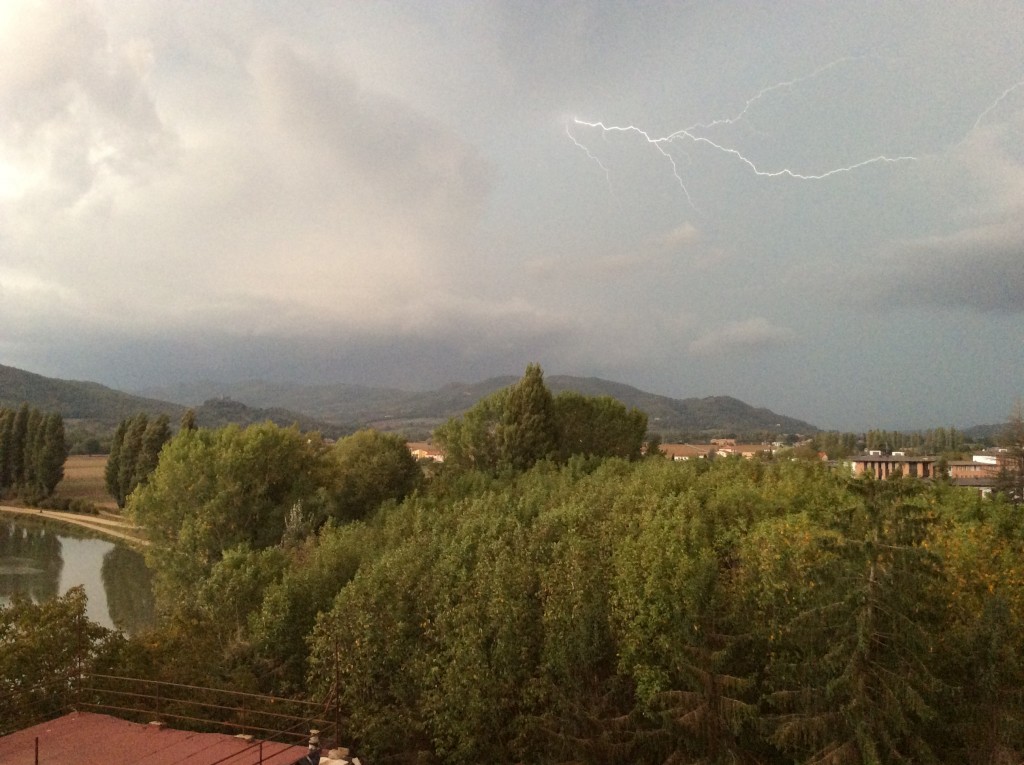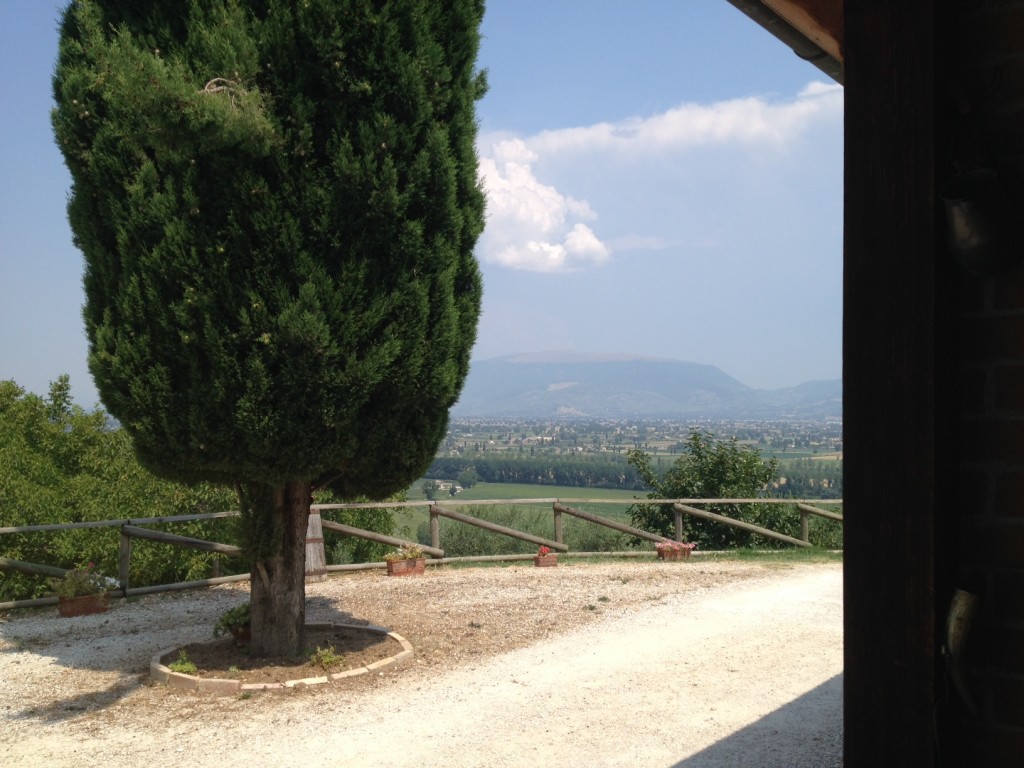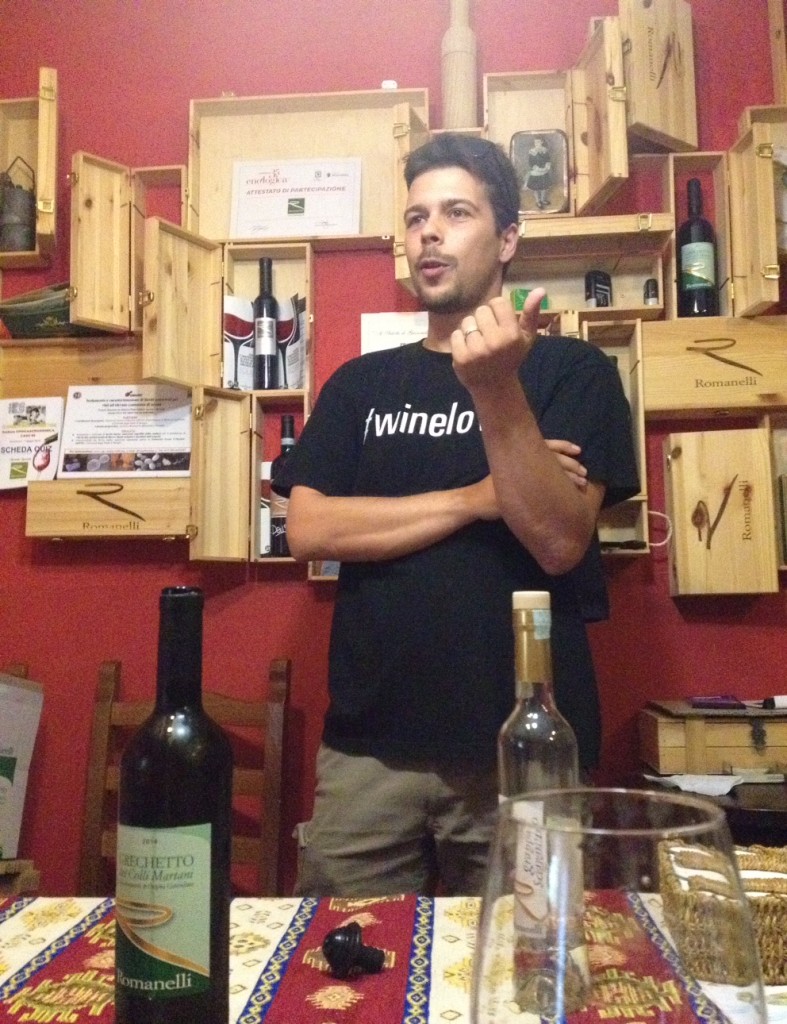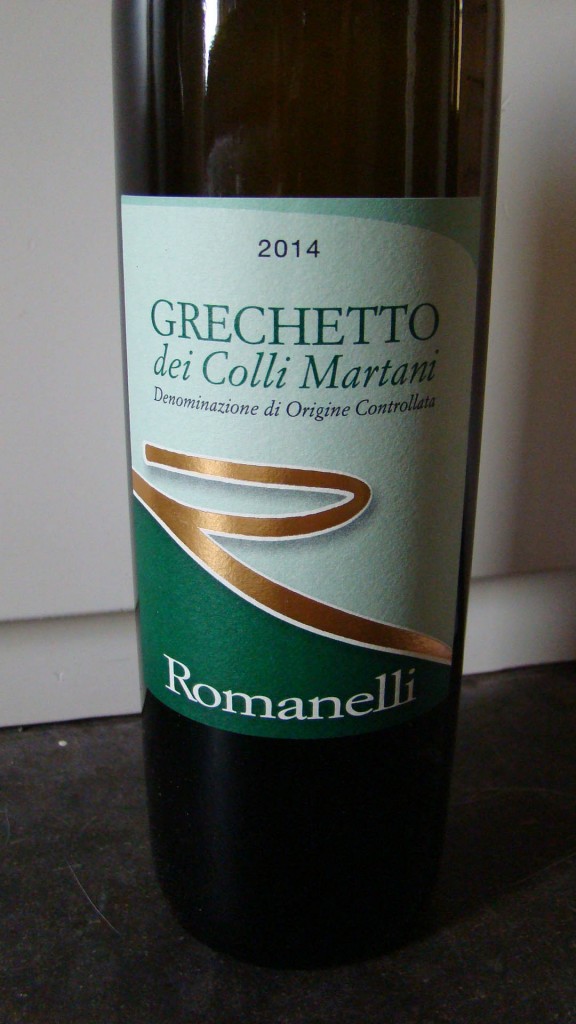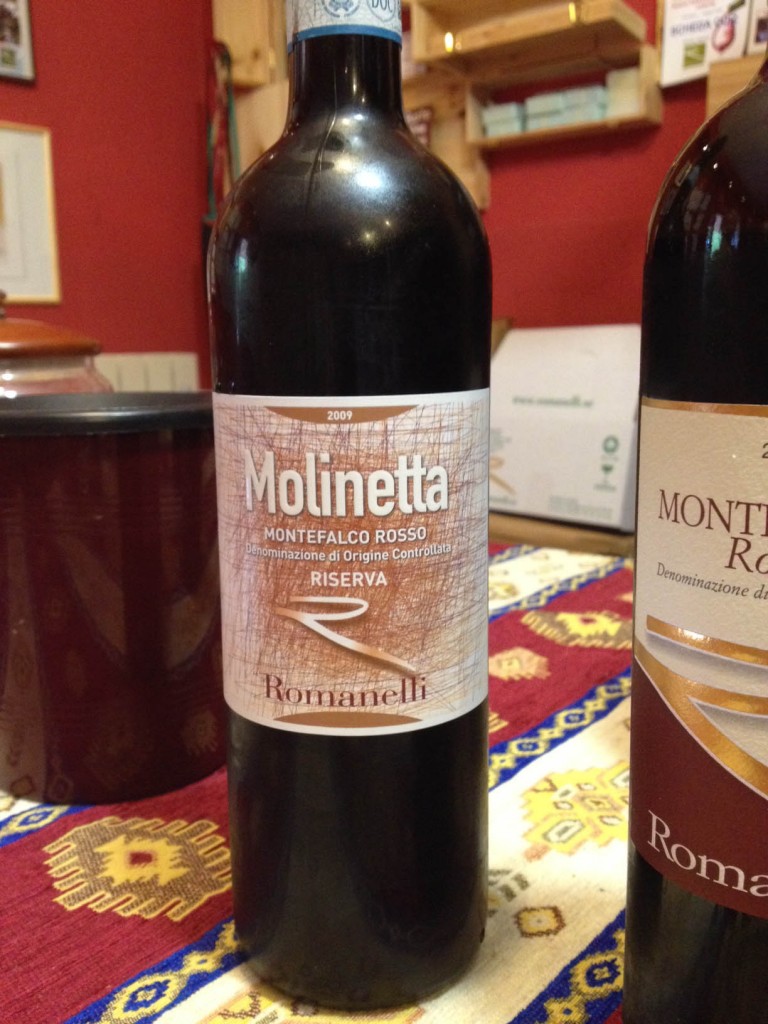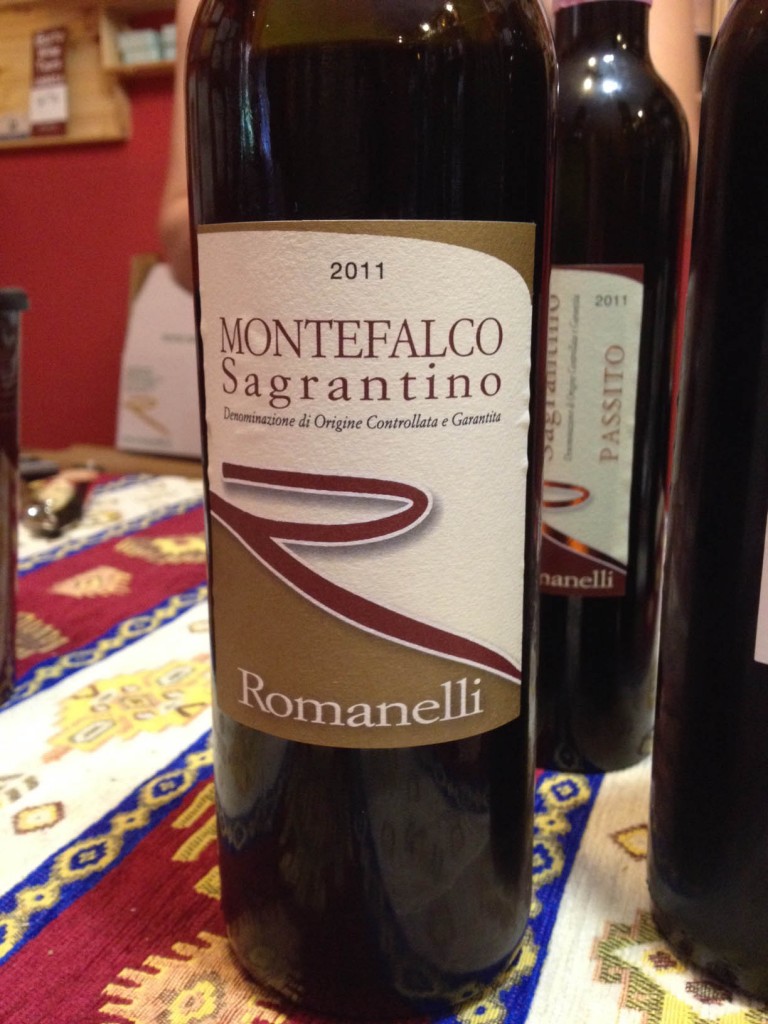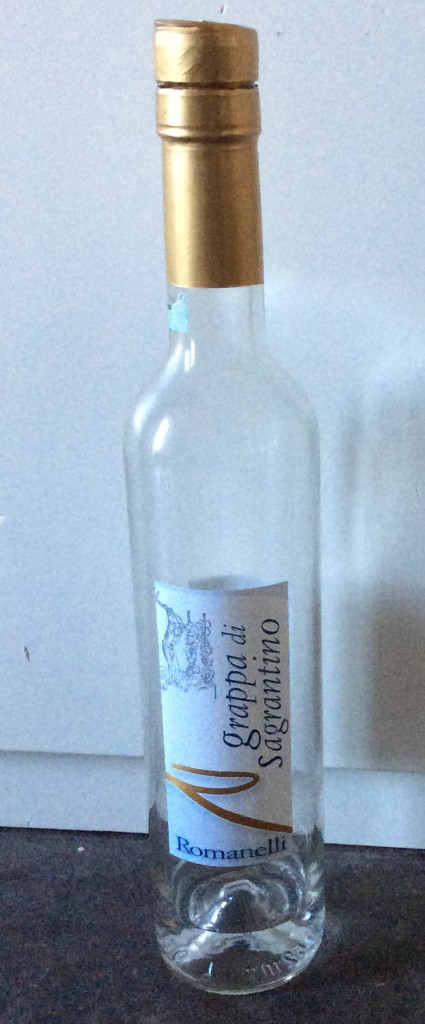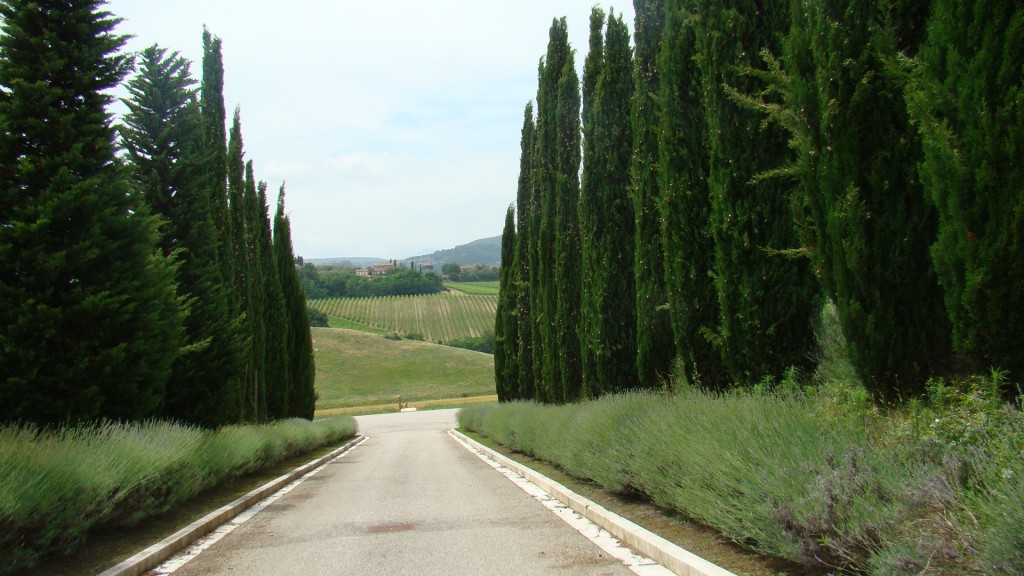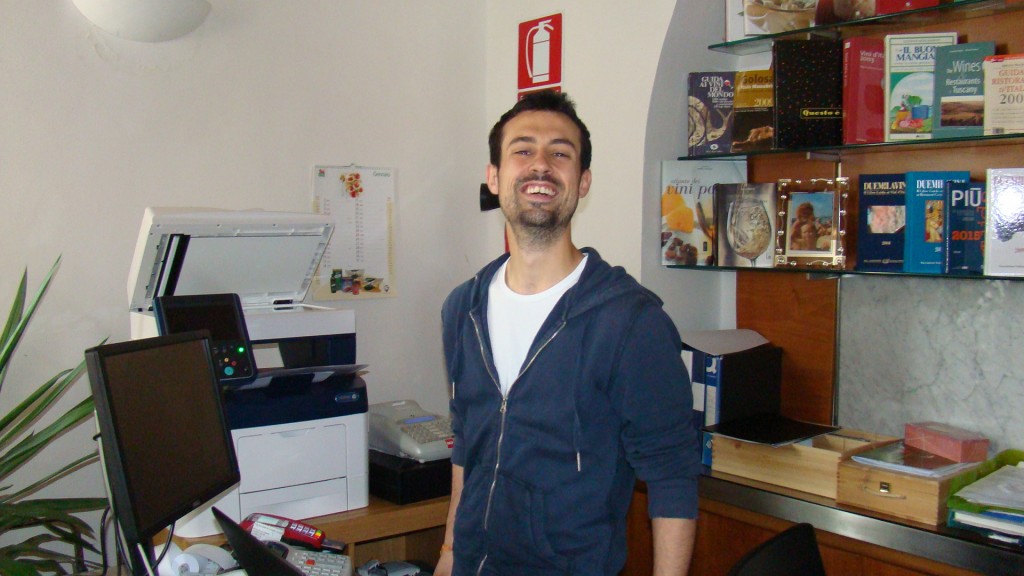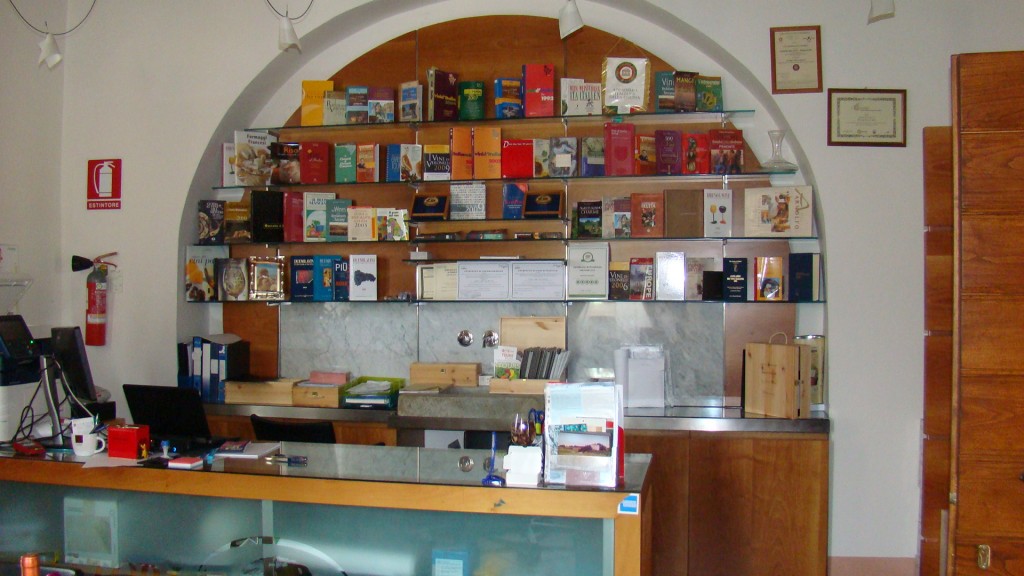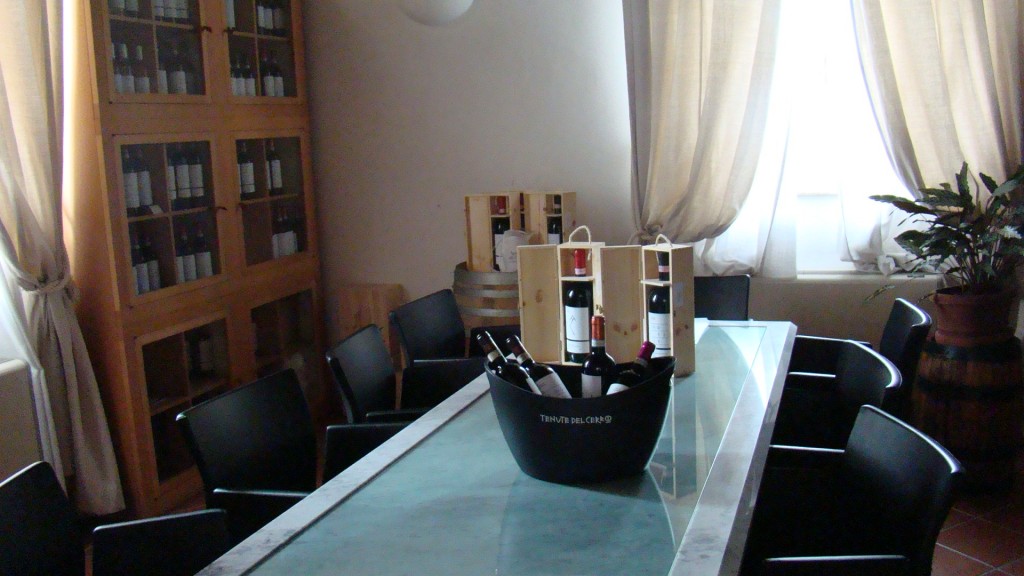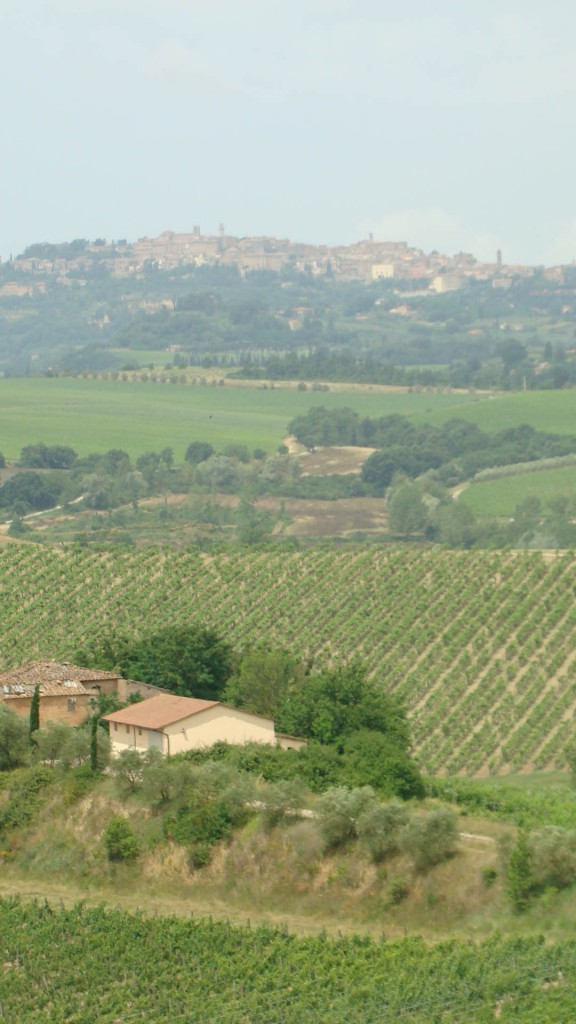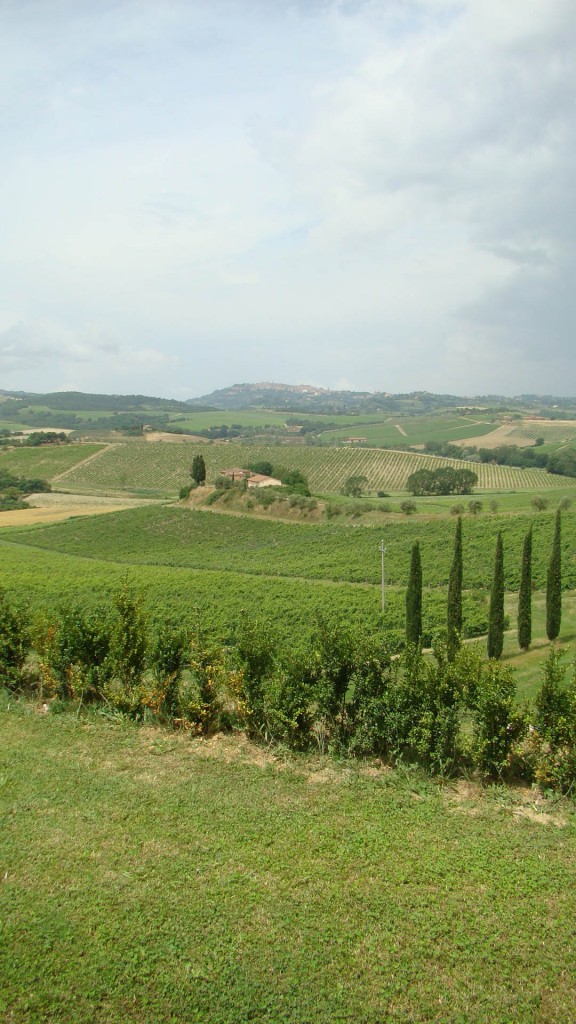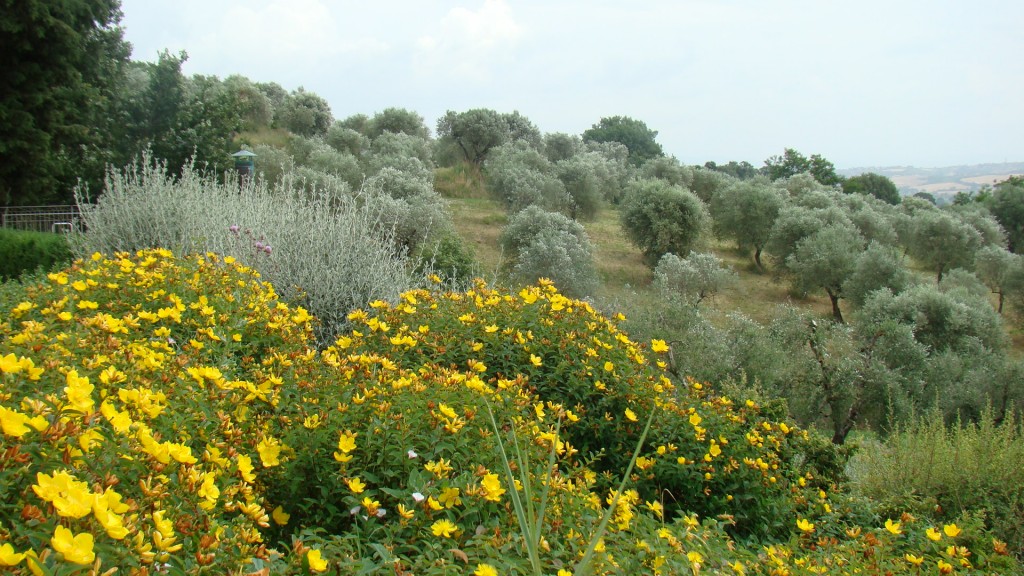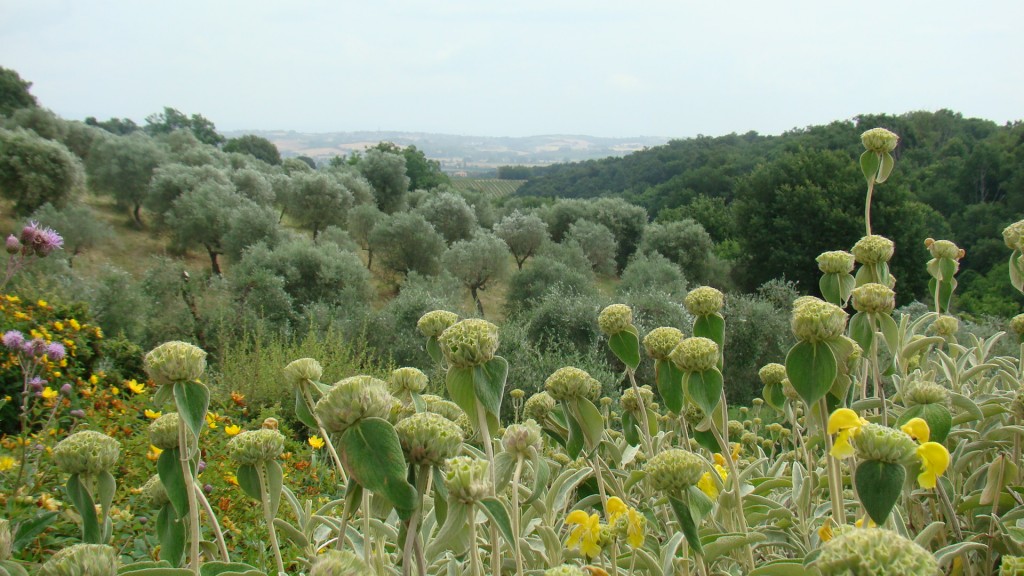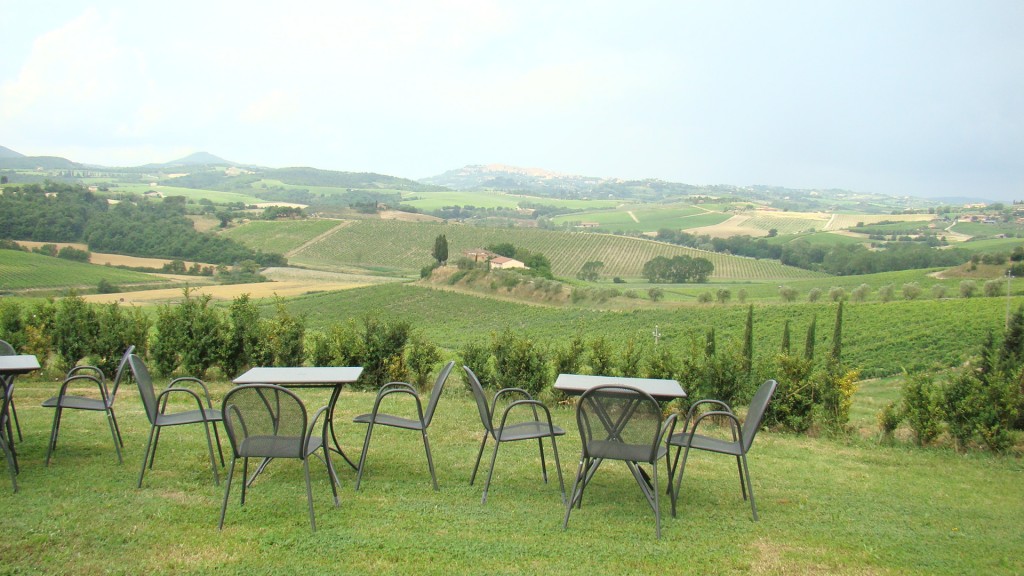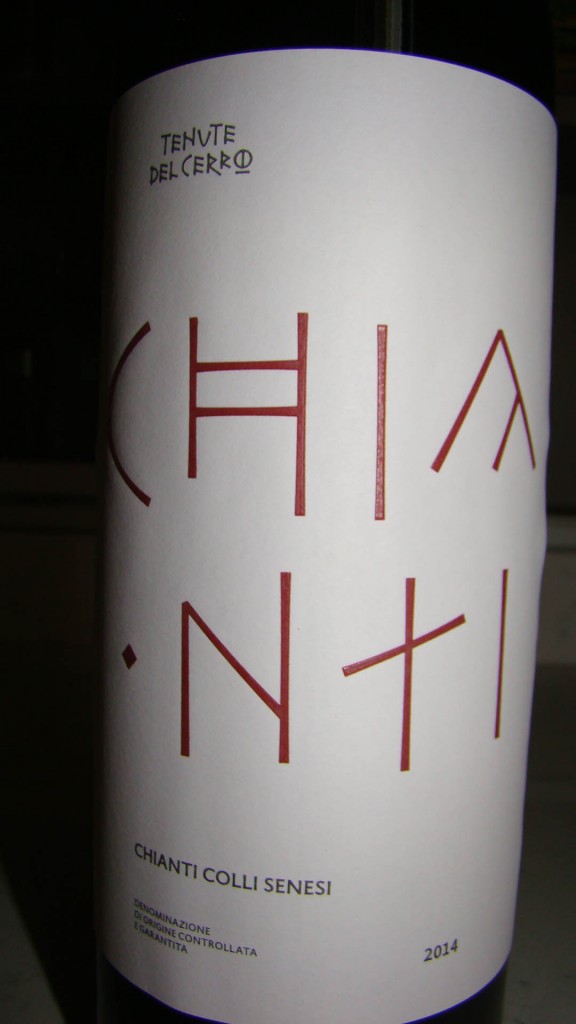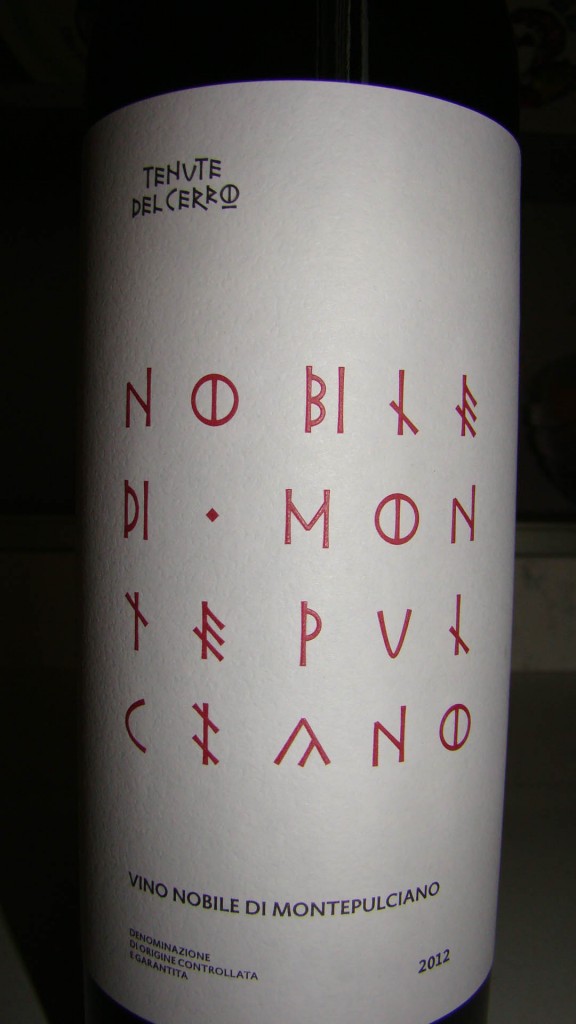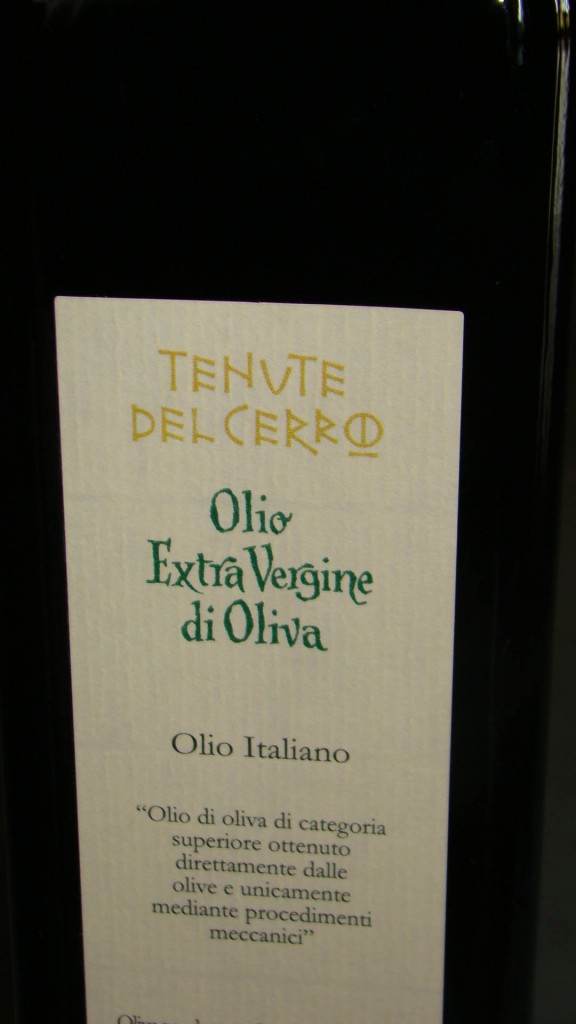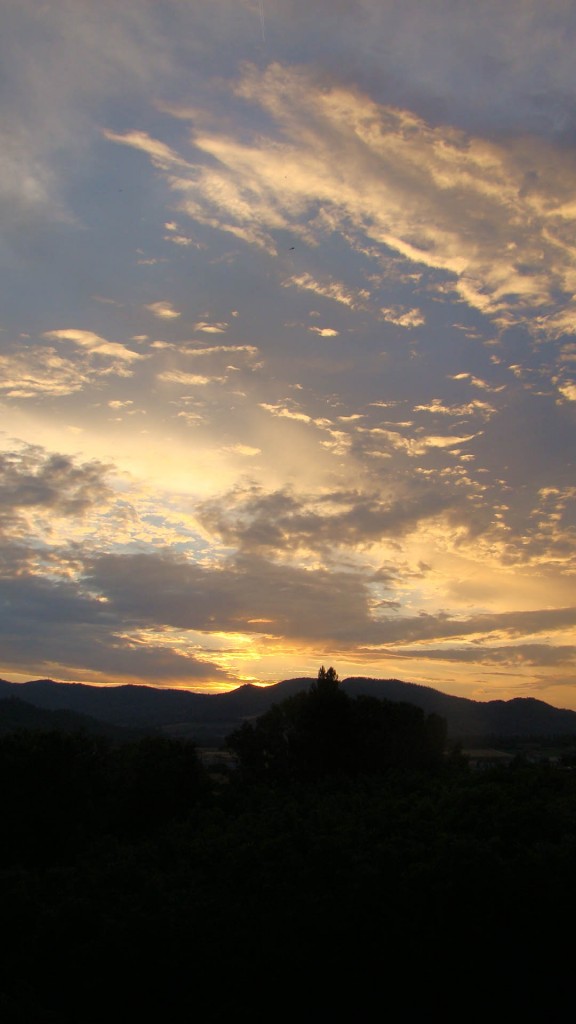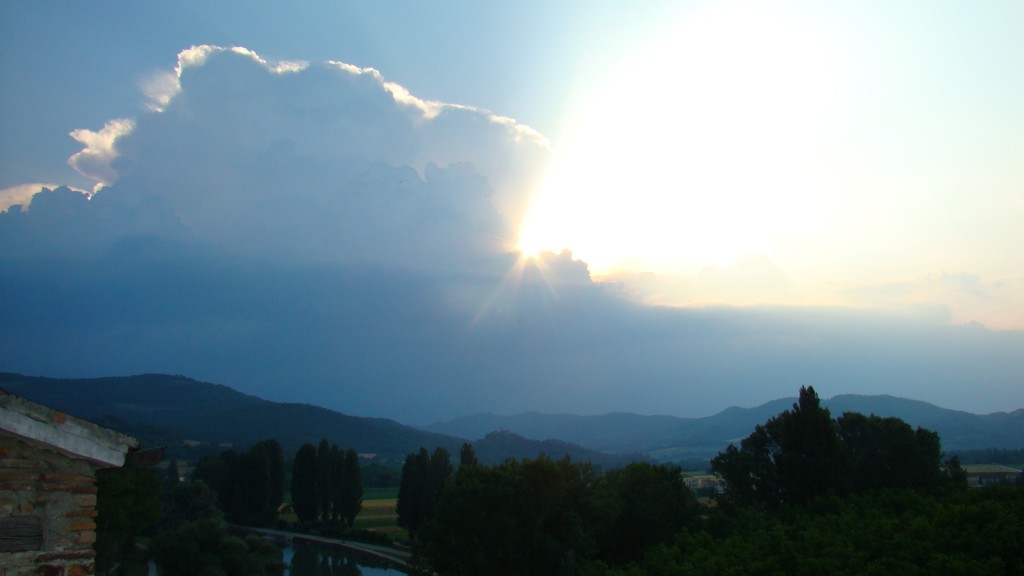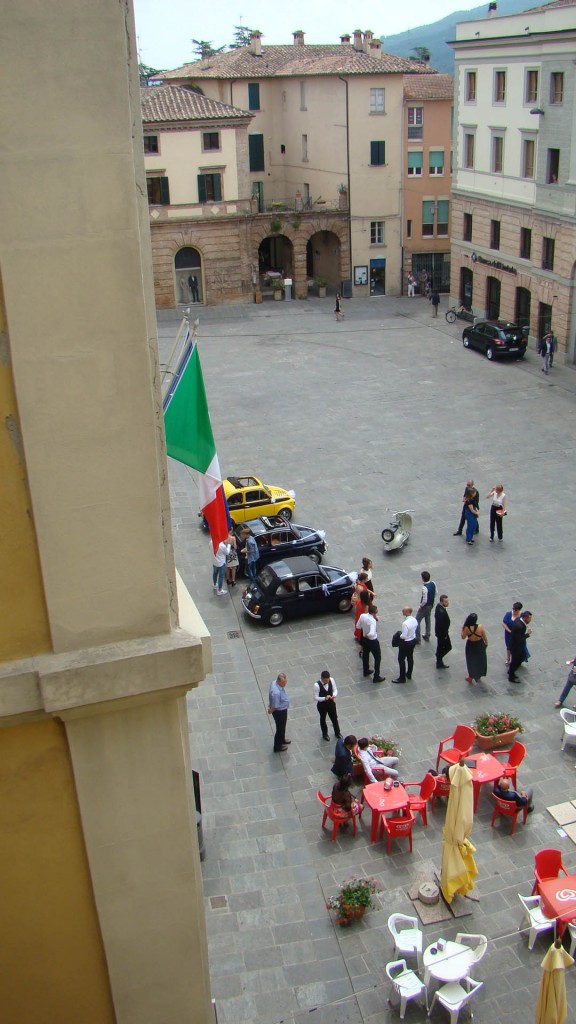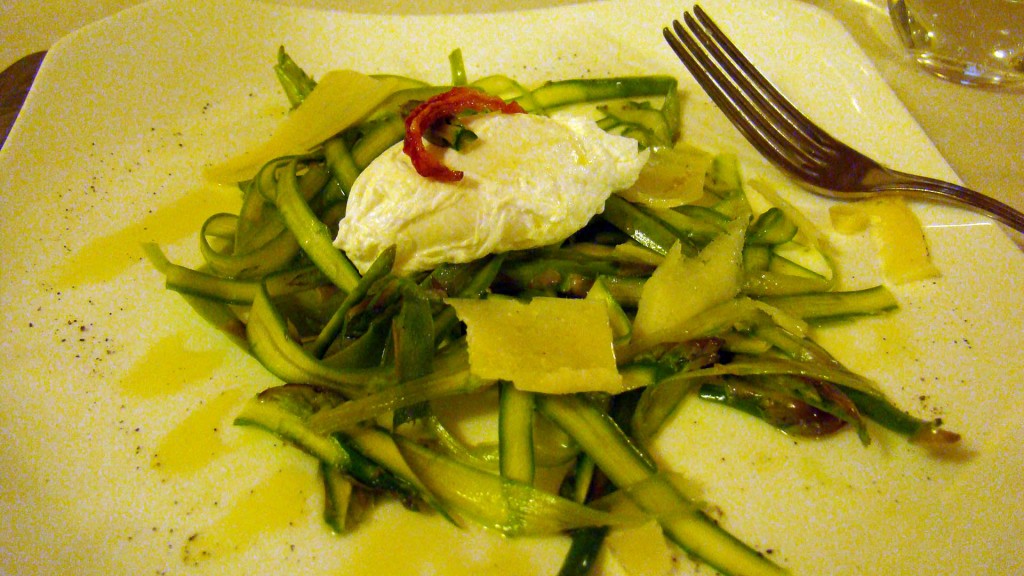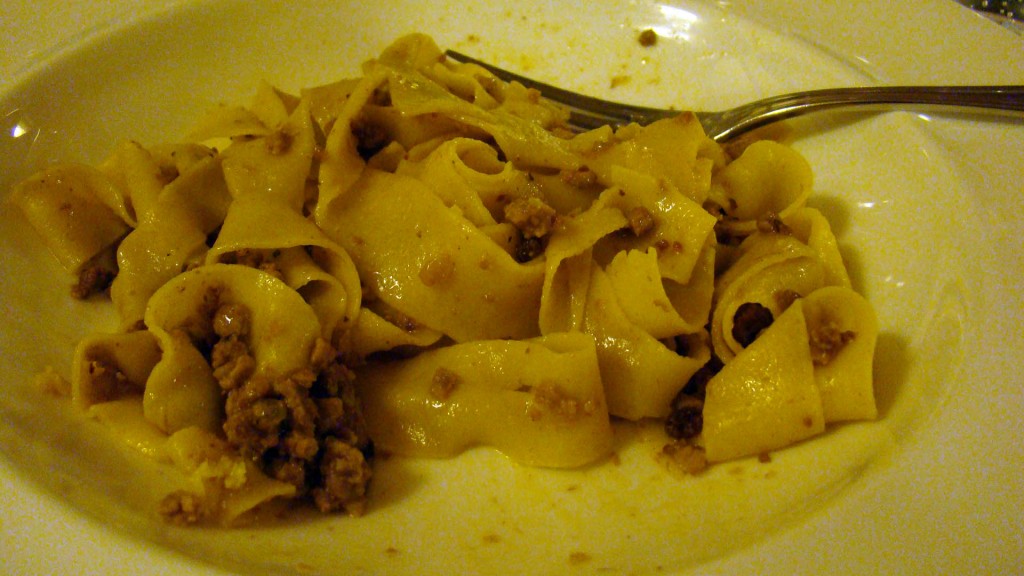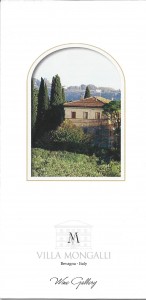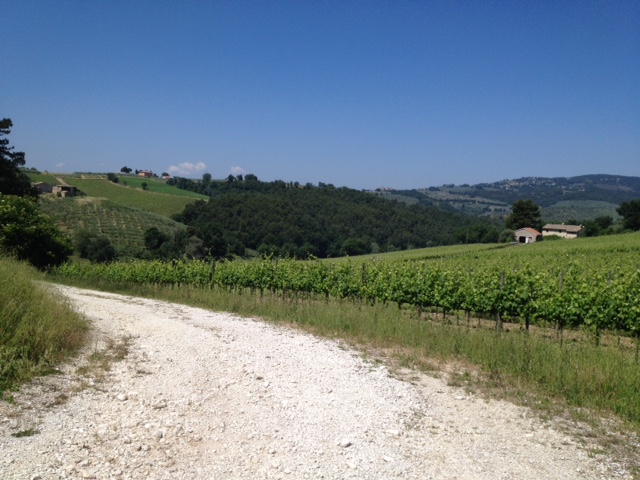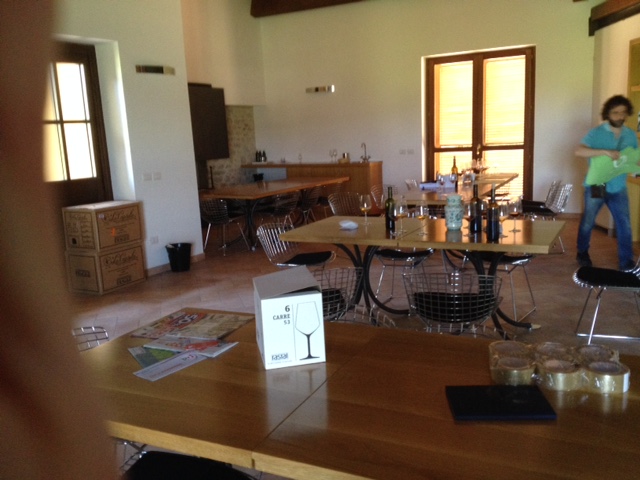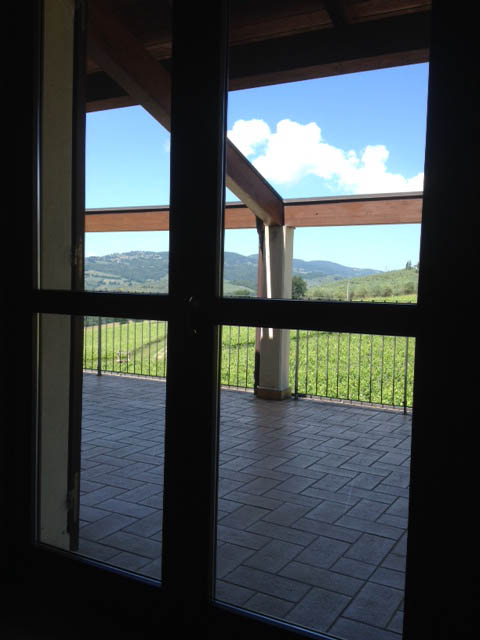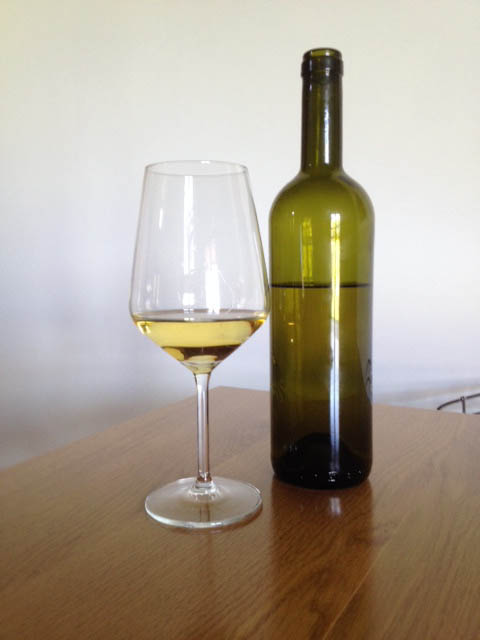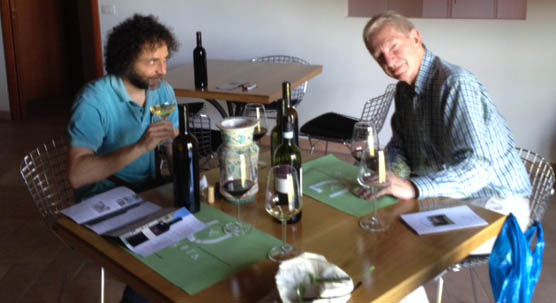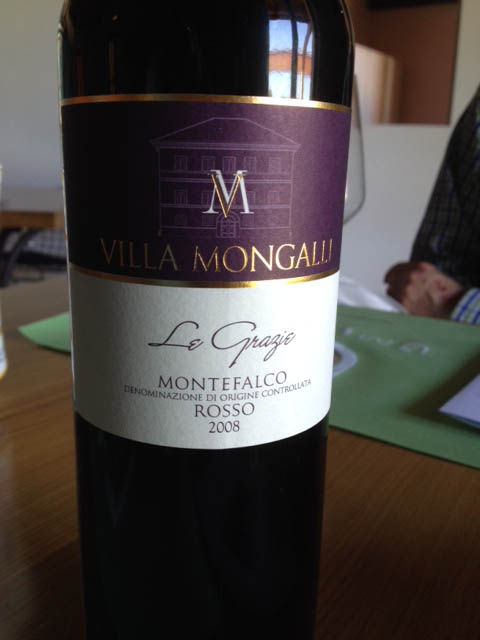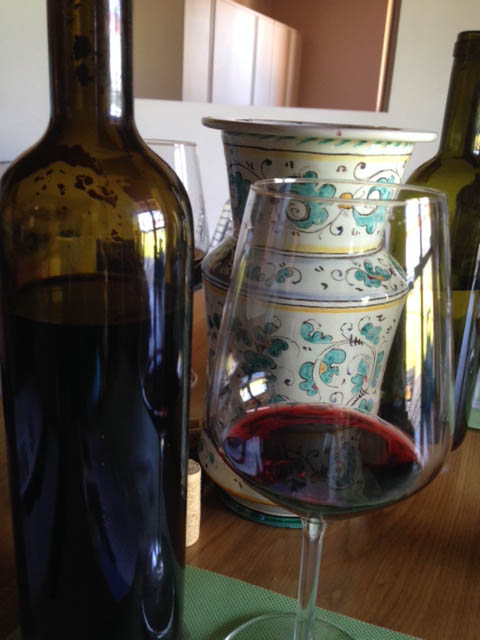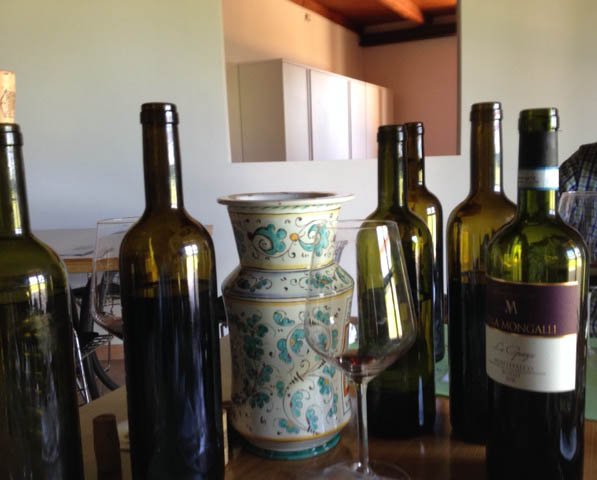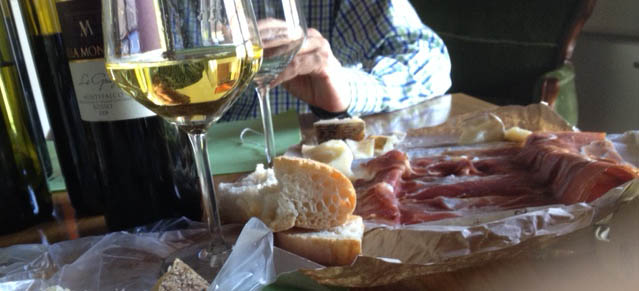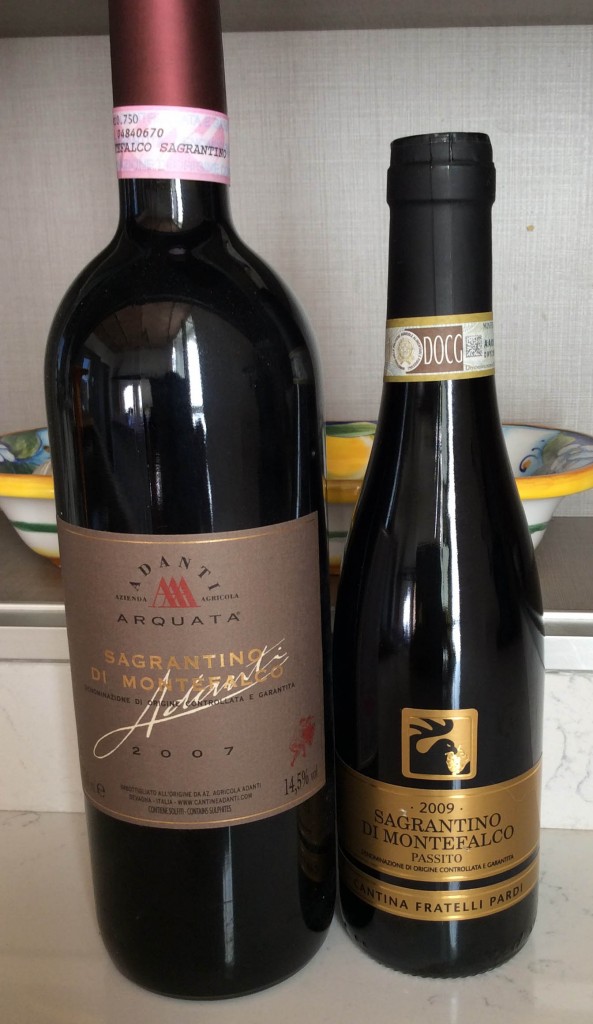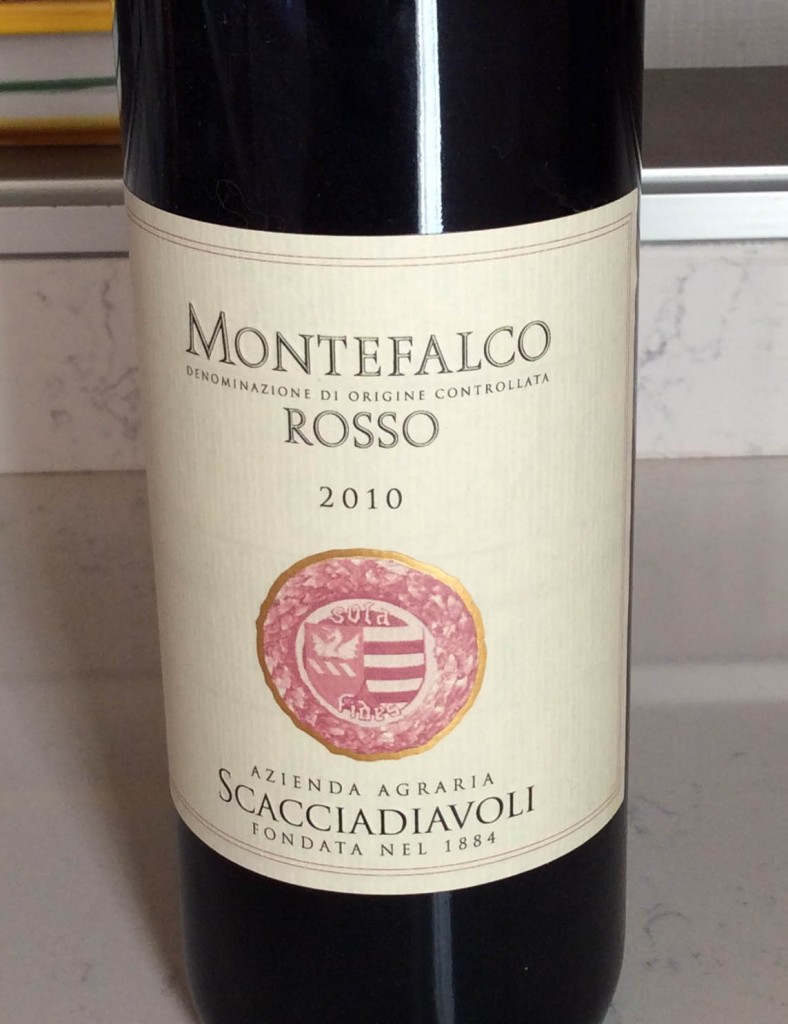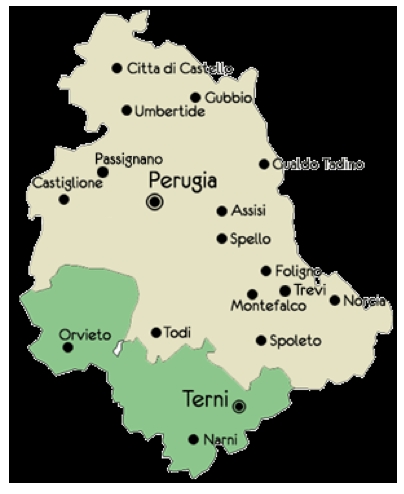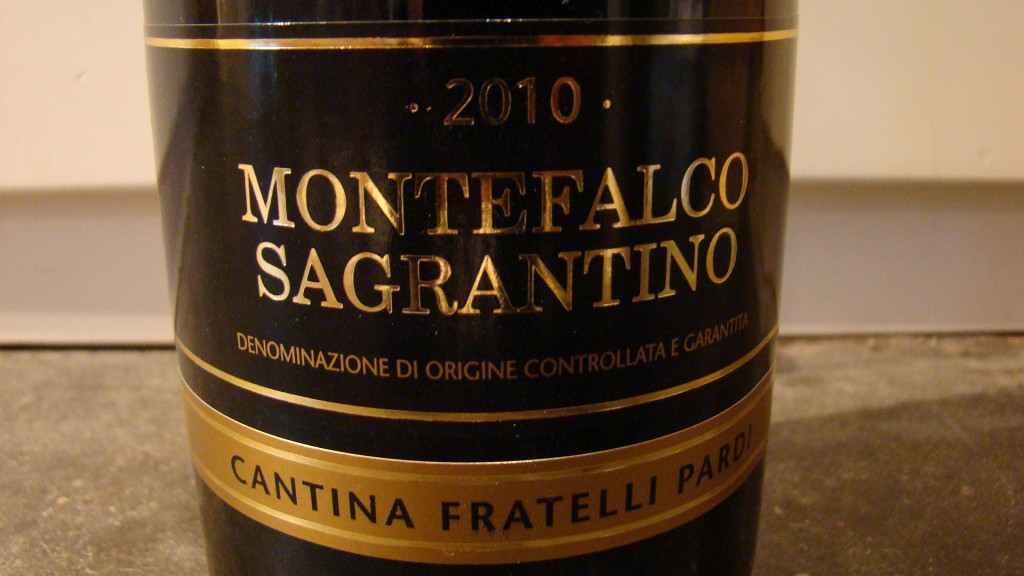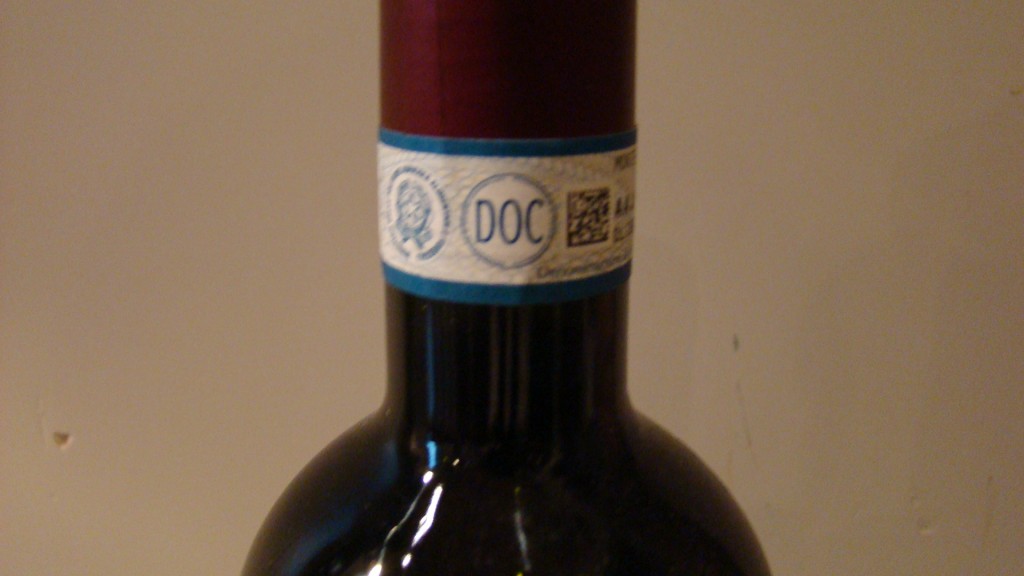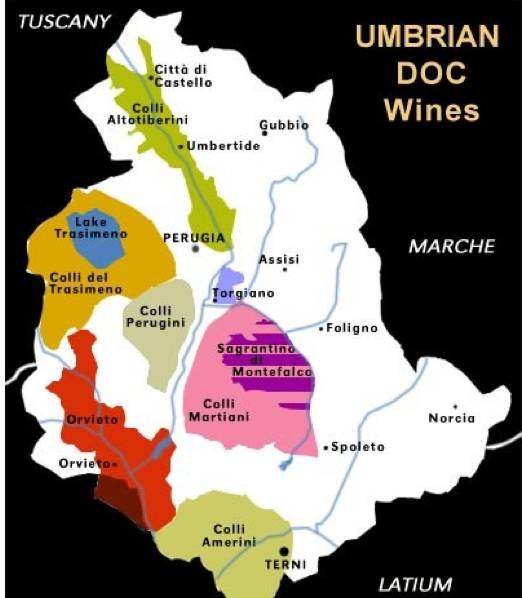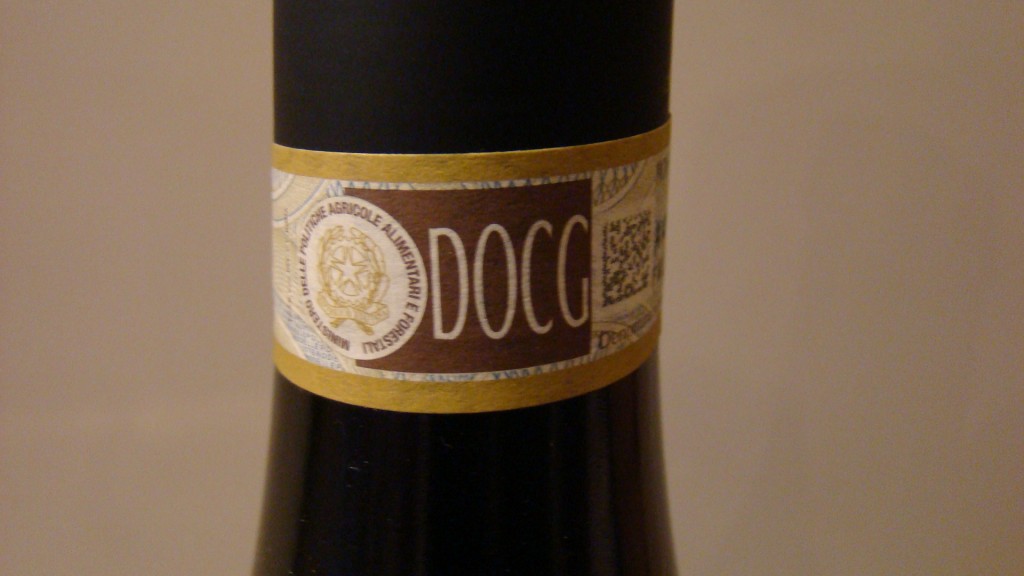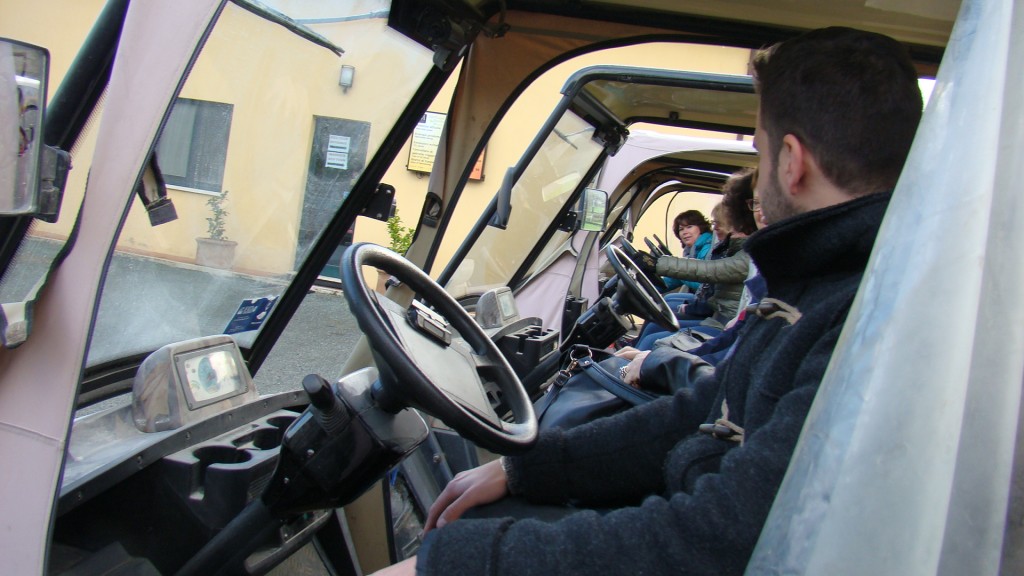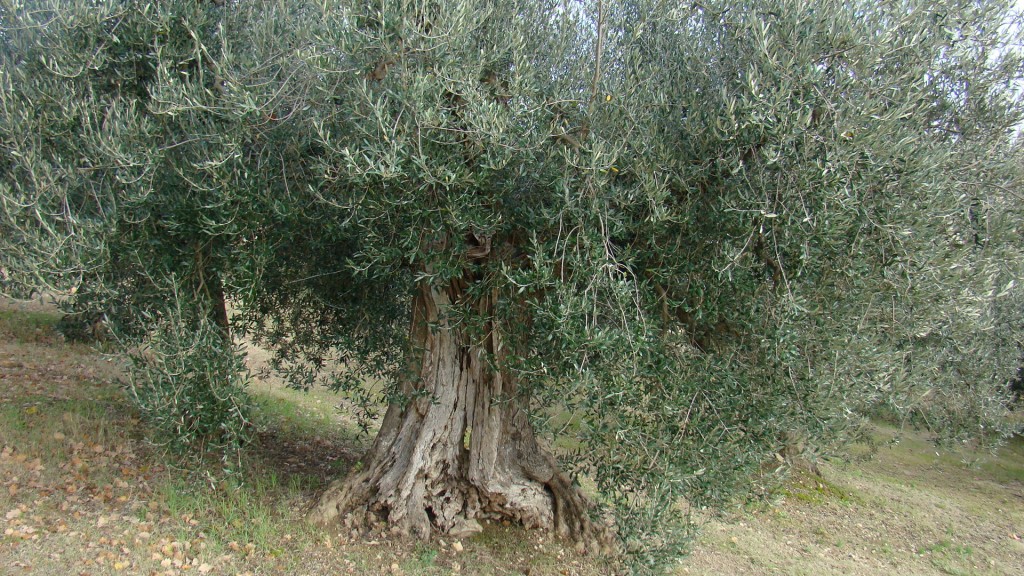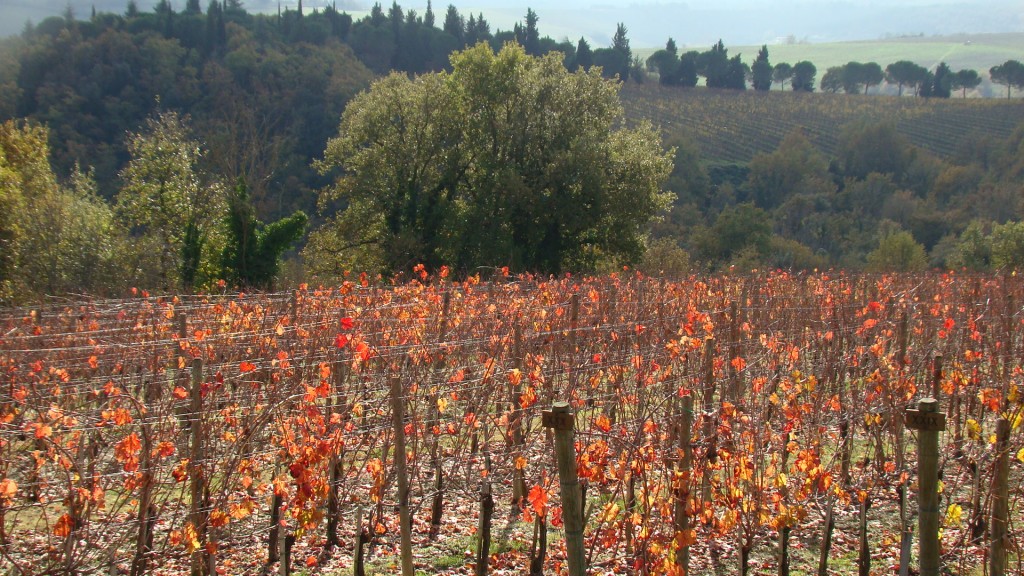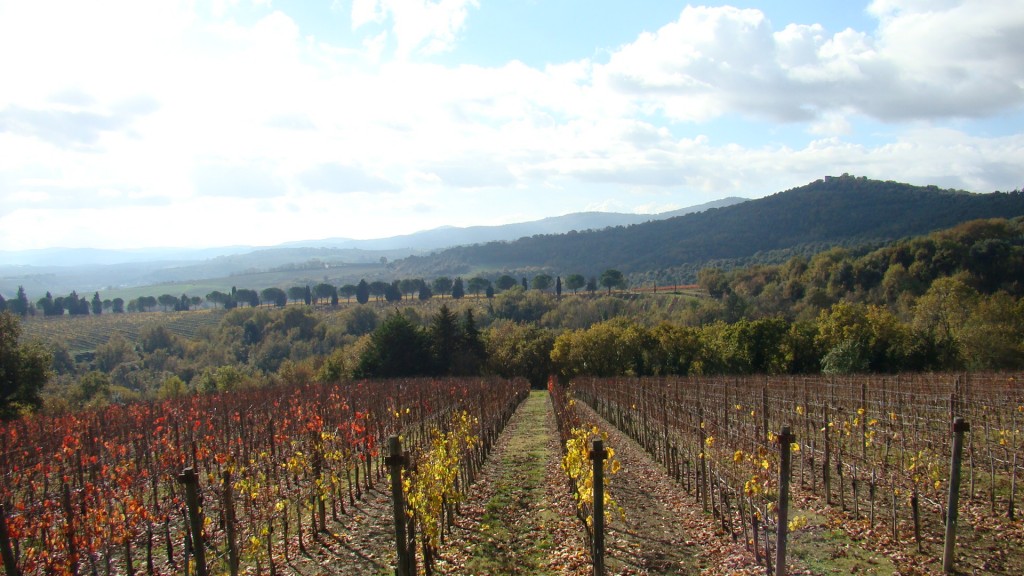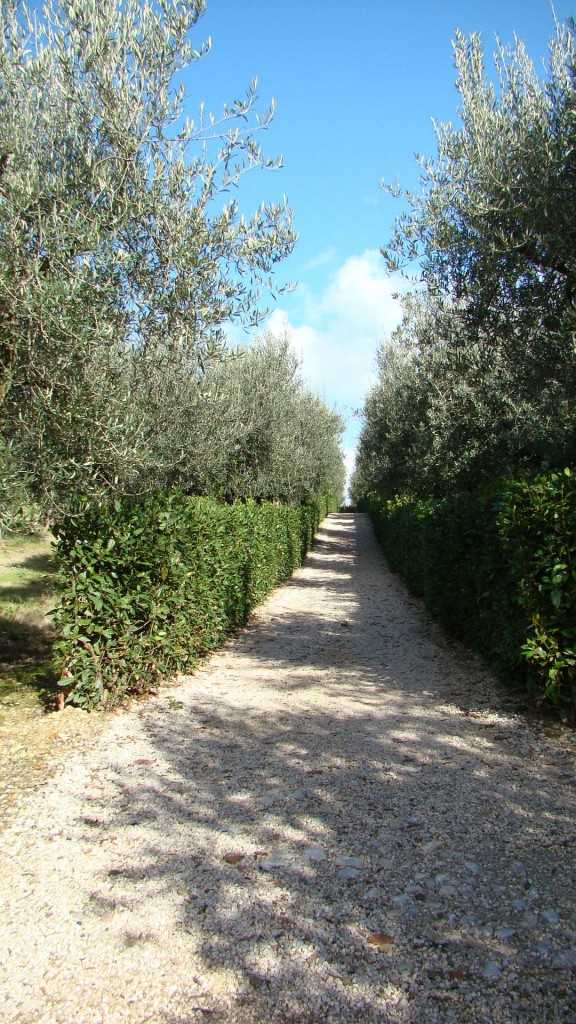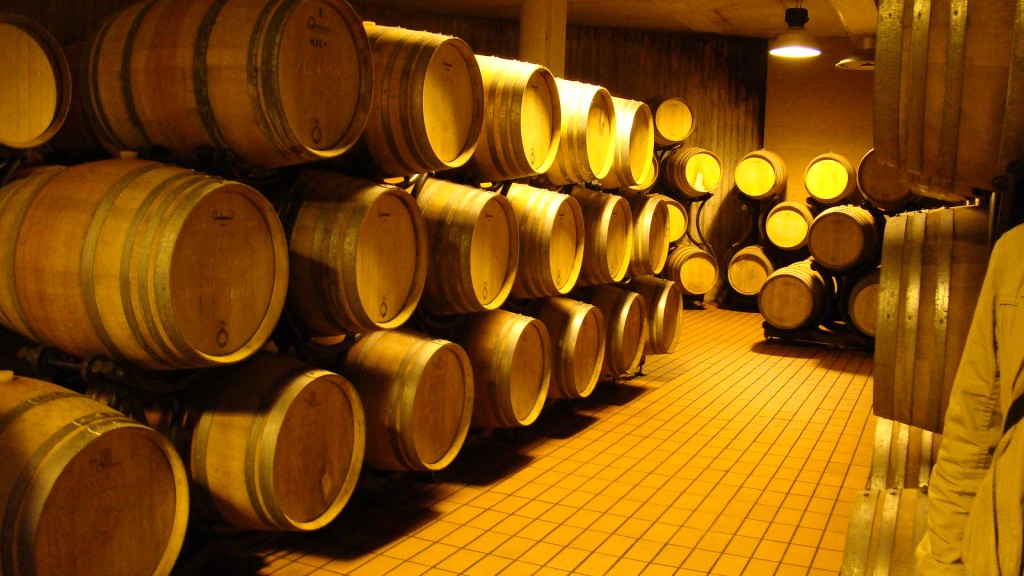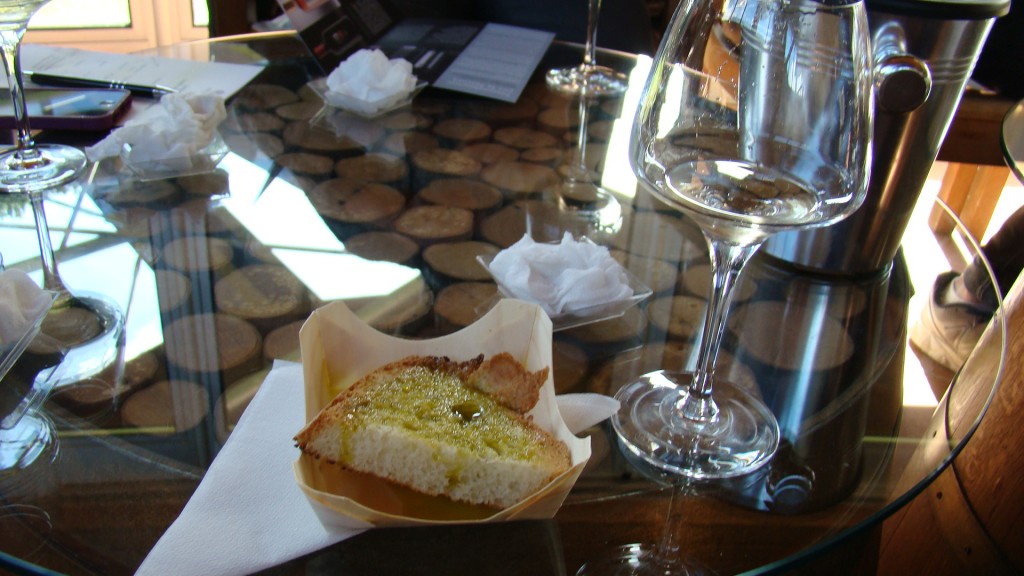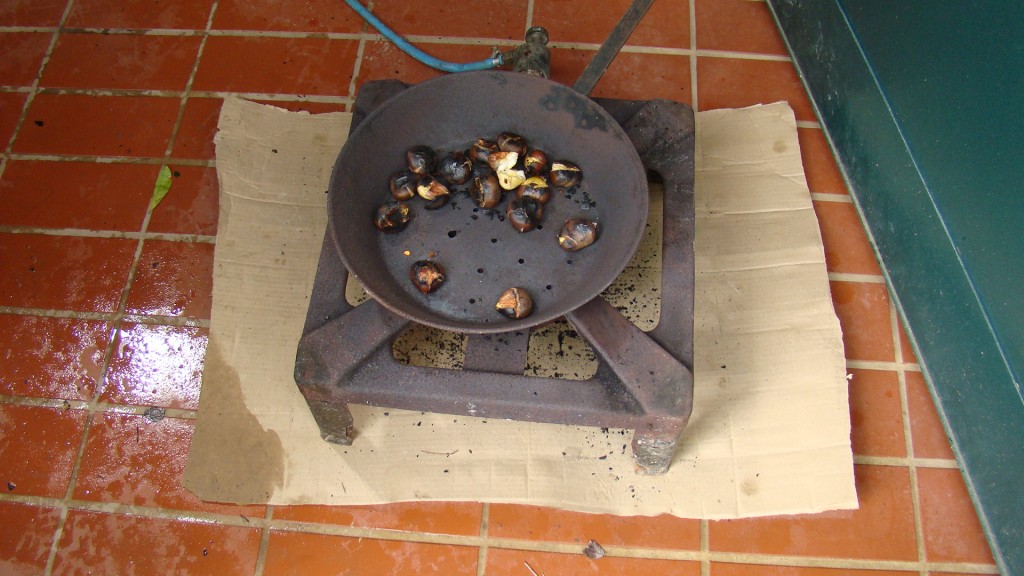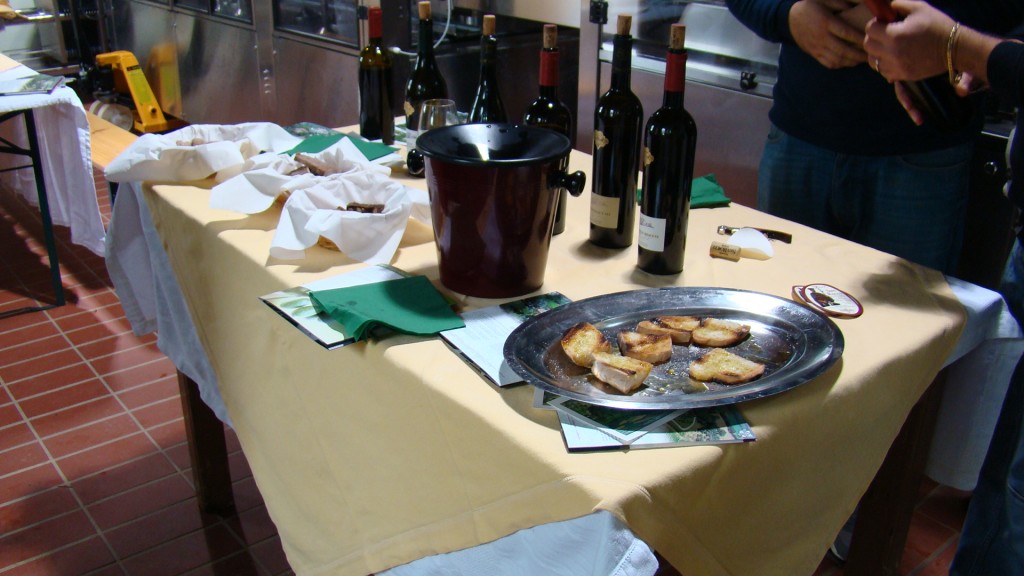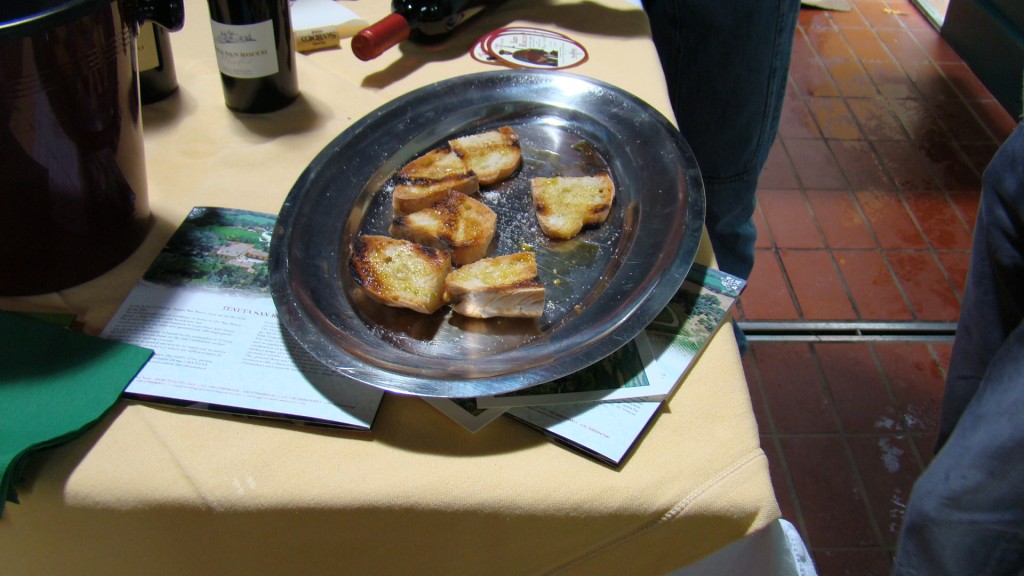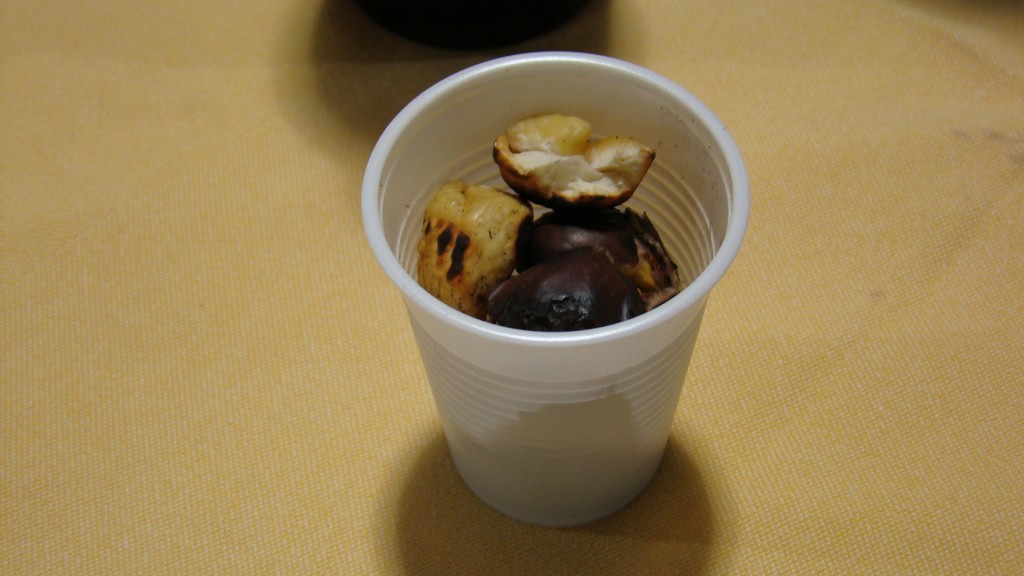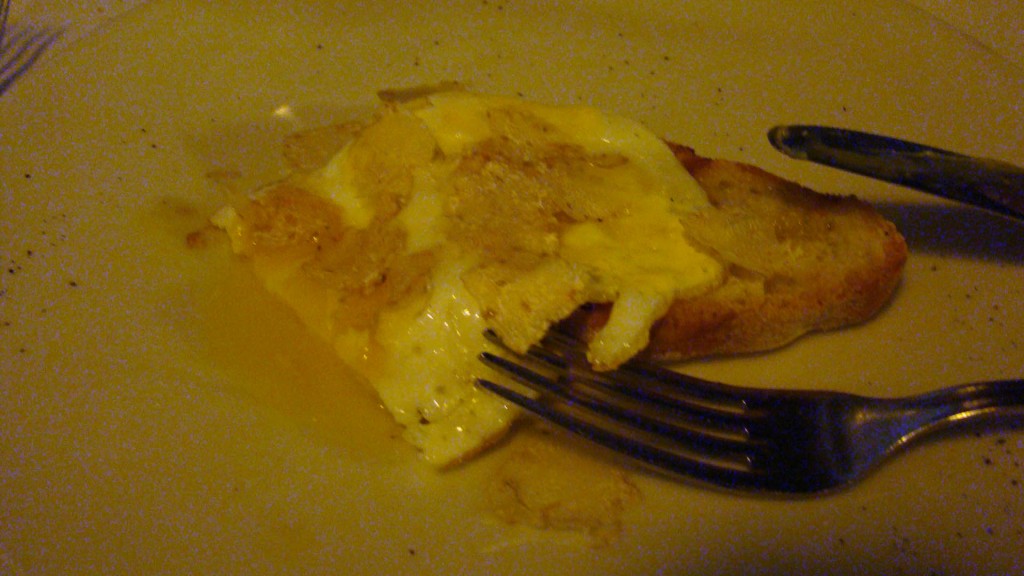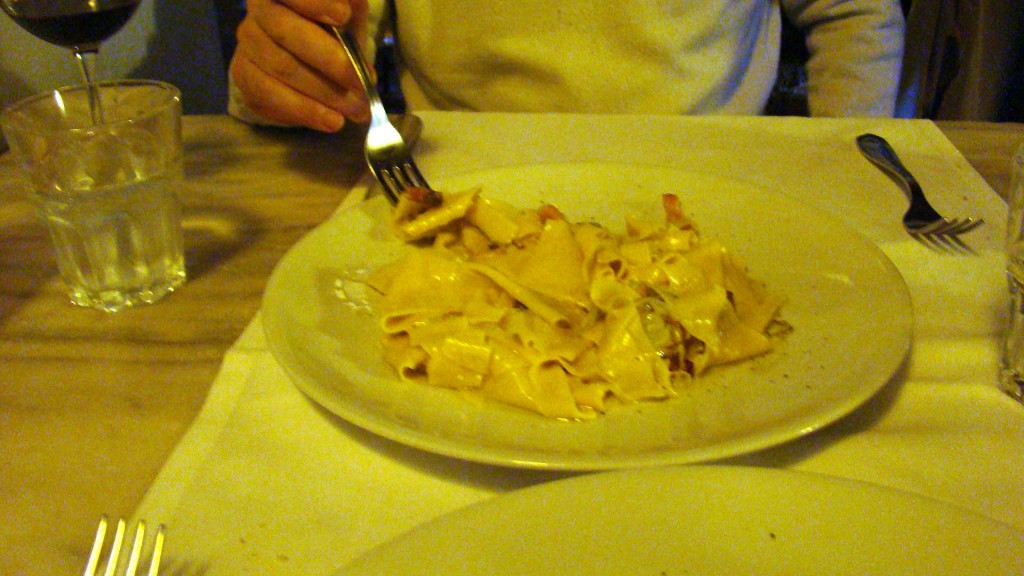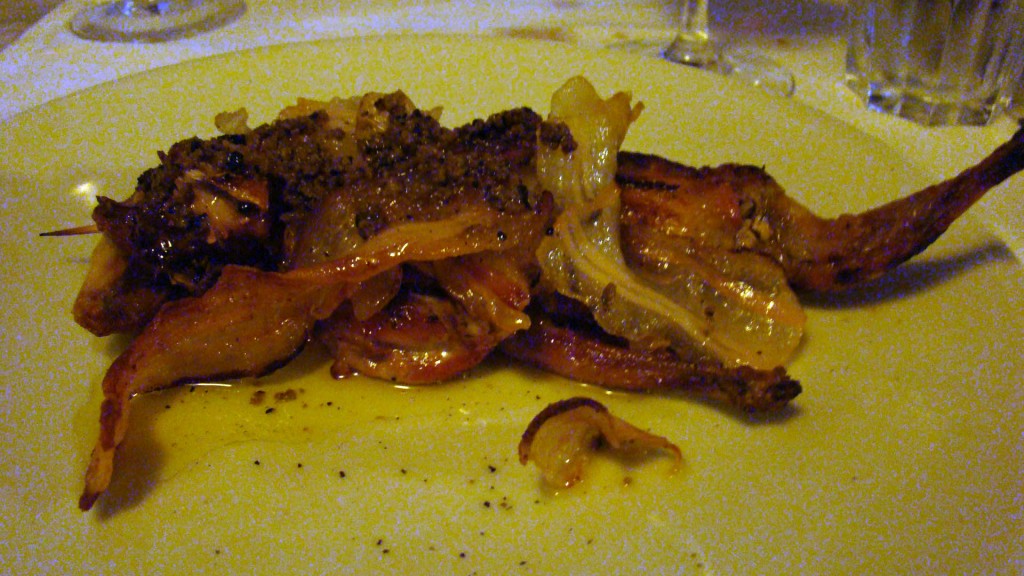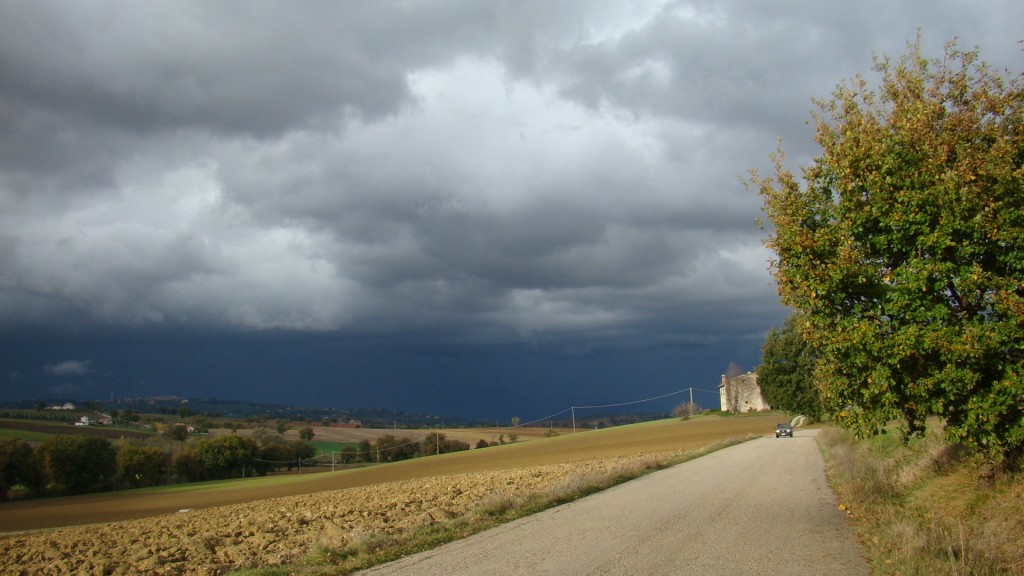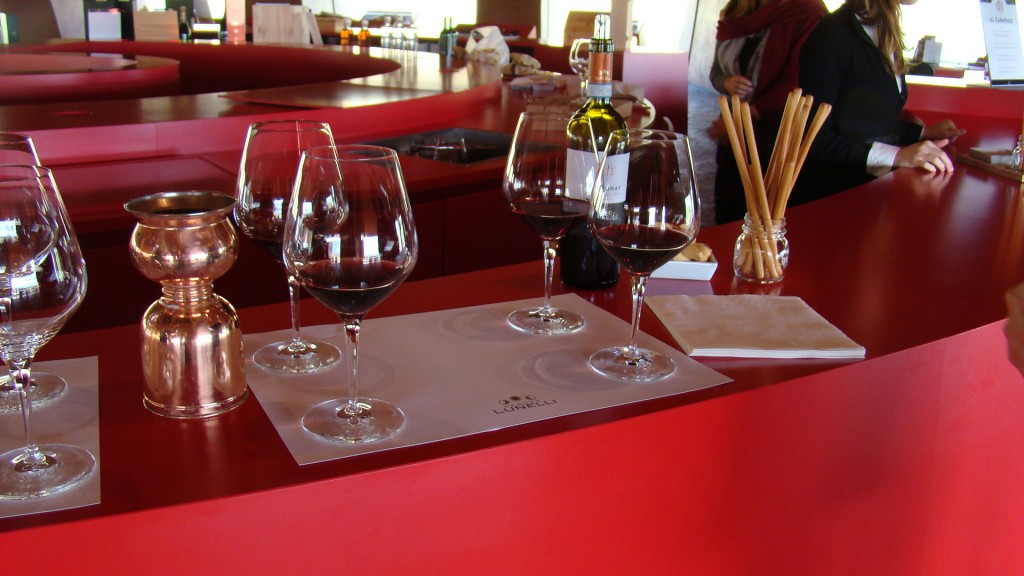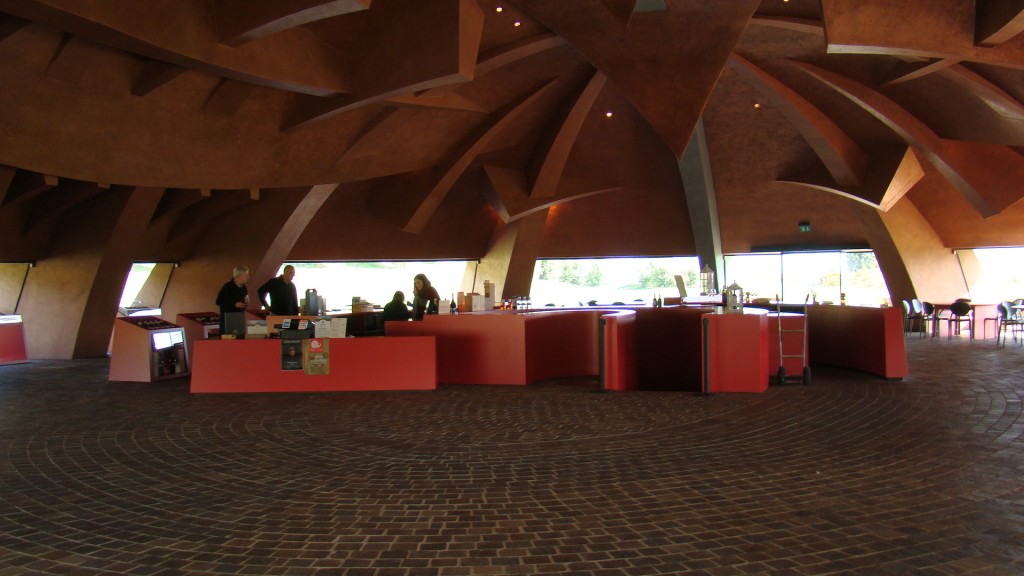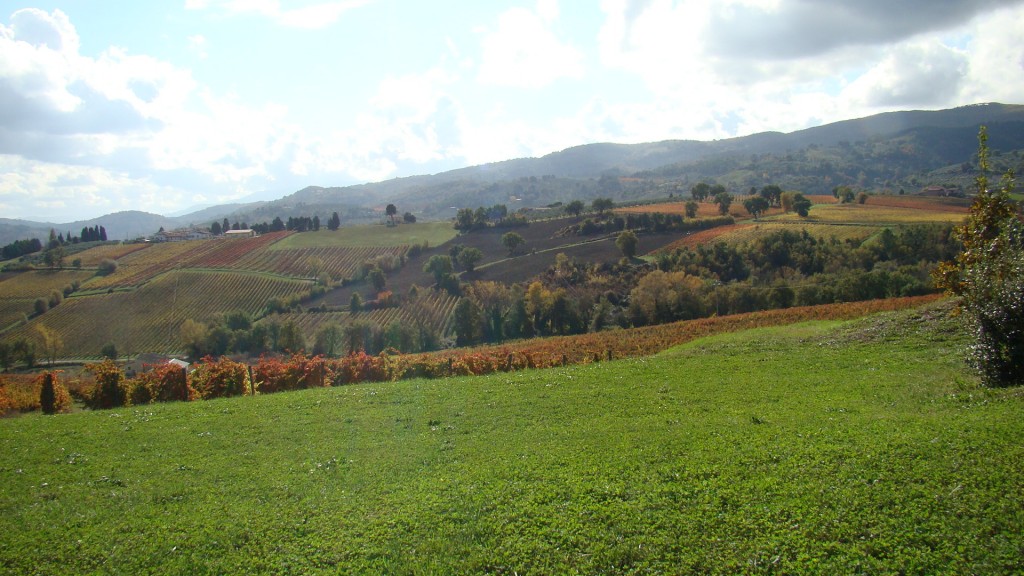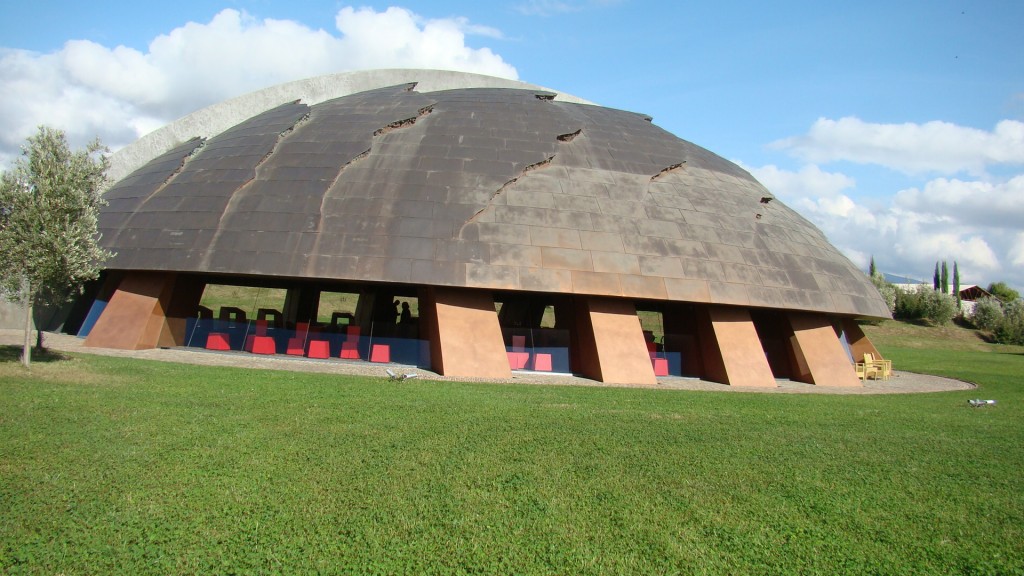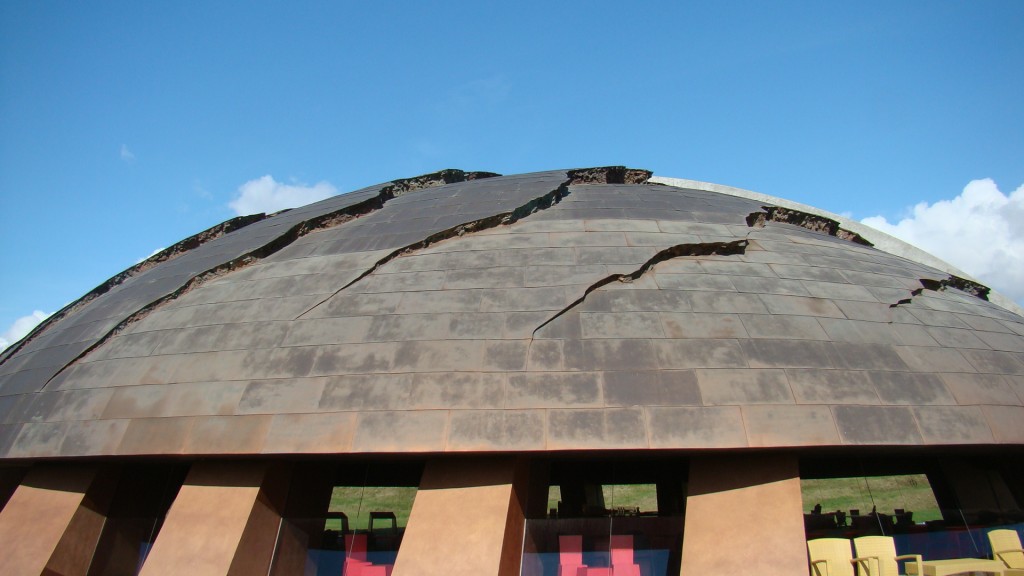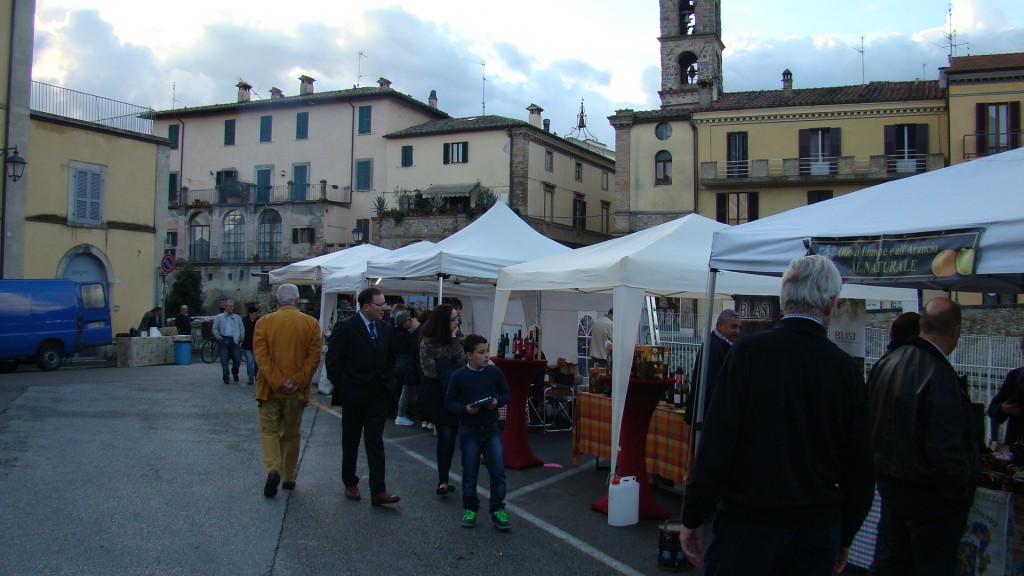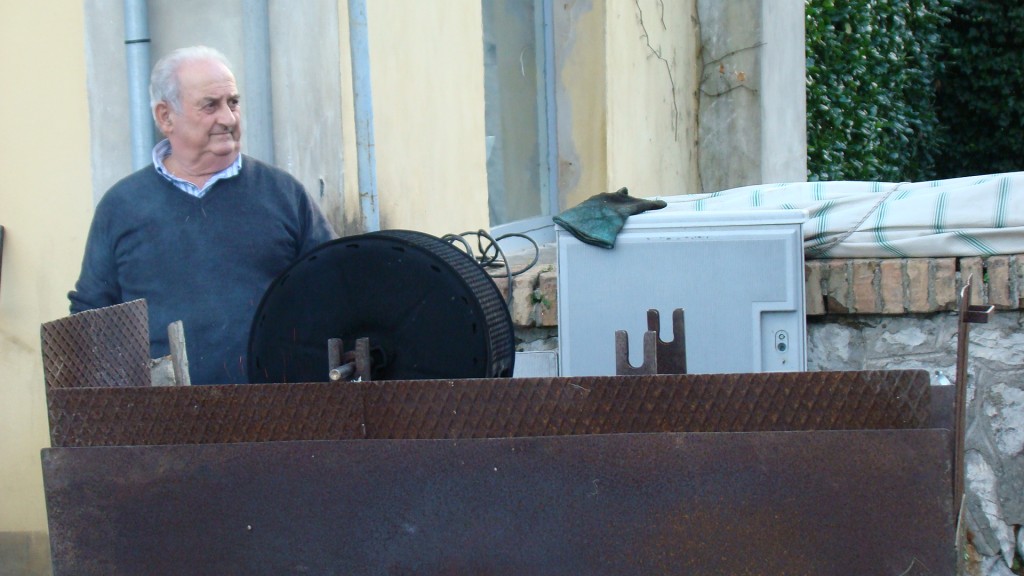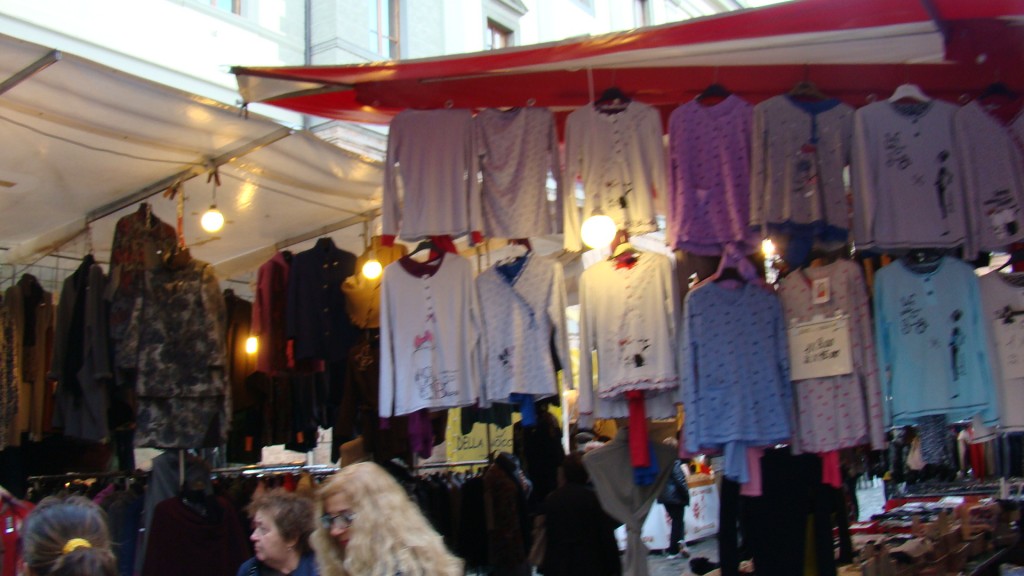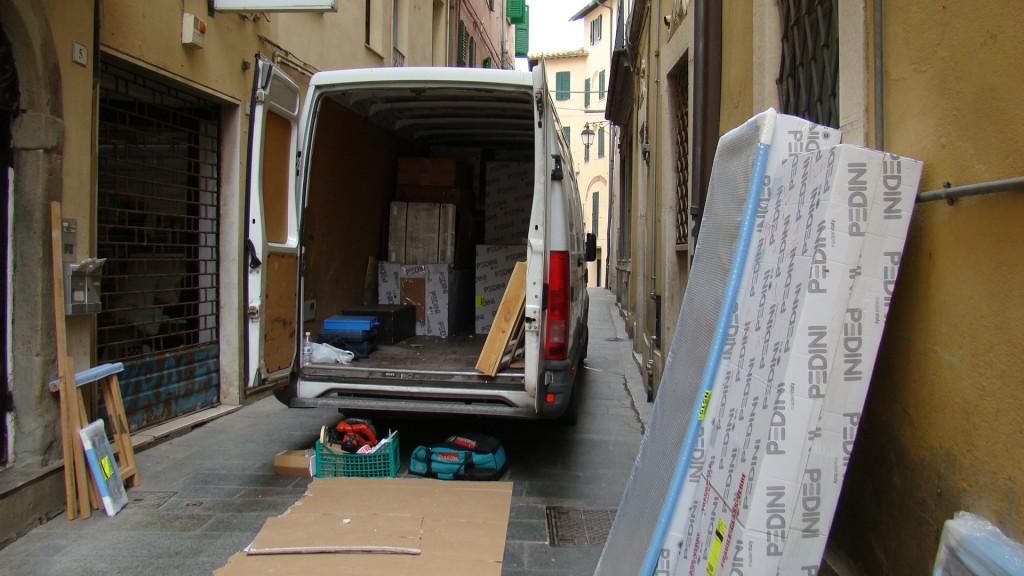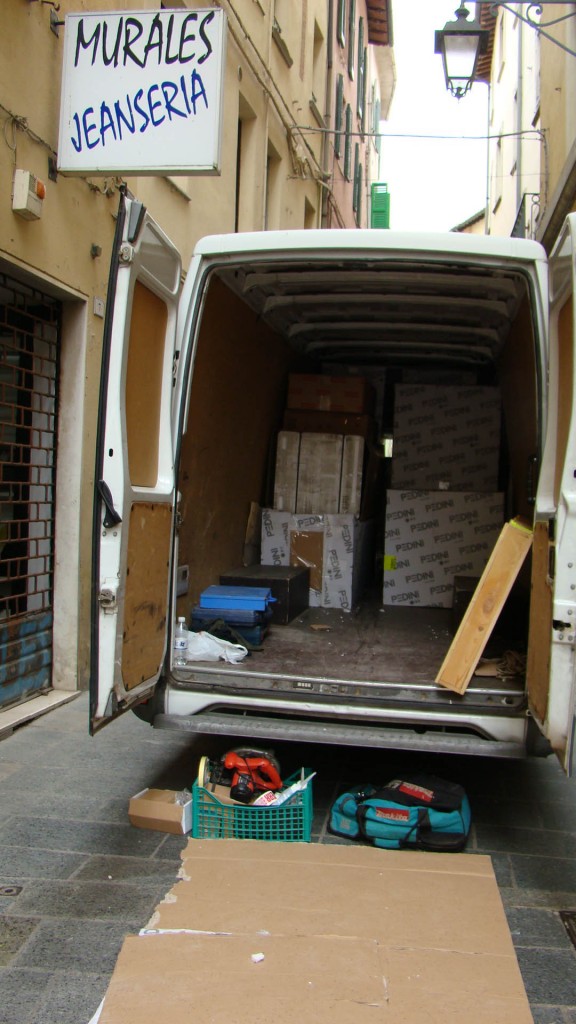Well I couldn’t put off visiting my doctor any longer so I steeled myself to do it last week. The way the Italian health care works is like this. You go to the Sanitario office at the beginning of each year. I wrote about that experience earlier this year in this blog. At this time they assign a doctor. I was assigned to a woman doctor who was an OB/GYN as well but she would be my primary care doctor. I had gotten her name from friends who had been through a lot of health care issues and had finally found her. We all speak some Italian but when dealing with something like your health you want to get it right. You don’t want to misunderstand.
I had looked my Dottoressa up on the internet and had her hours. Off I went. After a little trouble I found her office but her hours were completely different than the site said. Dutifully I wrote down the hours that were posted on the door. Rats. So yesterday I went back arriving just before the opening time to find several people there ahead of me. I noted my place and after about 30 minutes I went in. I introduced myself in my best Italian and then politely asked if she spoke English. And she did, and it was good. I had checked my blood pressure myself and it was somewhat high so this was my primary reason to go. She agreed to put me on some medicine for it. She commented that she had not seen me in any of the bars and did I only associate with other English speakers. I got the feeling she didn’t like the expat community. She said she would speak to me in English but if she met me somewhere else she would speak to me in Italian. Fair enough!
As we talked I was surprised at how, how to say it…maybe unprofessional… she was at least when compared to a US doctor. She asked if my husband came to her and I said no he went to a different doctor. When I told her his name she snorted in derision. I asked her if she did not like him and she replied, “have you met him?” I don’t think a US doctor would do that to a colleague. We talked about her daughter who has several degrees. I commented that she should be proud. She talked about the person who headed the Umbria Sanitario office who had “only a high school degree!!” and SHE was trying to tell the doctors what to do, how to save money… I commented she must know people in high places. She replied she was F***ing everyone! OKAY then. So this was my first visit to the Dottoressa.
Weather is a-changing
Fall is here. The temperatures have been quite cool but nice. The morning fog is again enveloping the big city. It usually burns off by mid-morning. The farmers are bringing in the biggest cash crop around here right now – tobacco. Everywhere are tractors with trailers full of the bright yellow leaves. Sprinkled throughout the countryside are tobacco drying buildings with ovens to partially dry the leaves before shipping to the big tobacco companies. Umbria is famous for it’s tobacco, primarily for cigarettes.
The sunflower fields are now just stubble. The corn is mostly harvested. And so are the grapes. It was purportedly a good year for the wine. Happy happy for the vintners after such a poor year in 2014. Next we hold our breath to see if the olive crop is OK this year. Last year it was devastated by an insect because the winter had been too warm to kill them off. Last year would have been my first olive harvest season. So I am eagerly looking forward to this years harvest and the production of the Olio Nuovo or New Oil. Umbrian oil is particularly peppery and grassy and brilliant green. So good on toasted bruschetta. Can’t wait.
Yesterday we had a gentleman named Marco come and take a look at our big fireplace in the kitchen. We are going to have him make glass and steel doors that fold back for it. He “said” he could get it to us by November. It is Italy after all…Our friend Vera just said to him “before Natale?” (Christmas) He laughed and said November! We shall see… Maybe I will be able to try it out this winter.
This week we have had a lot of storms rolling through. A lot of times they stay west of us, behind the mountains. The Tiber river tells the tale of what is happening up-stream. It is brown with mud and very high. I must have taken 100 pictures to get this one picture of the light show we were having.
